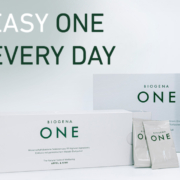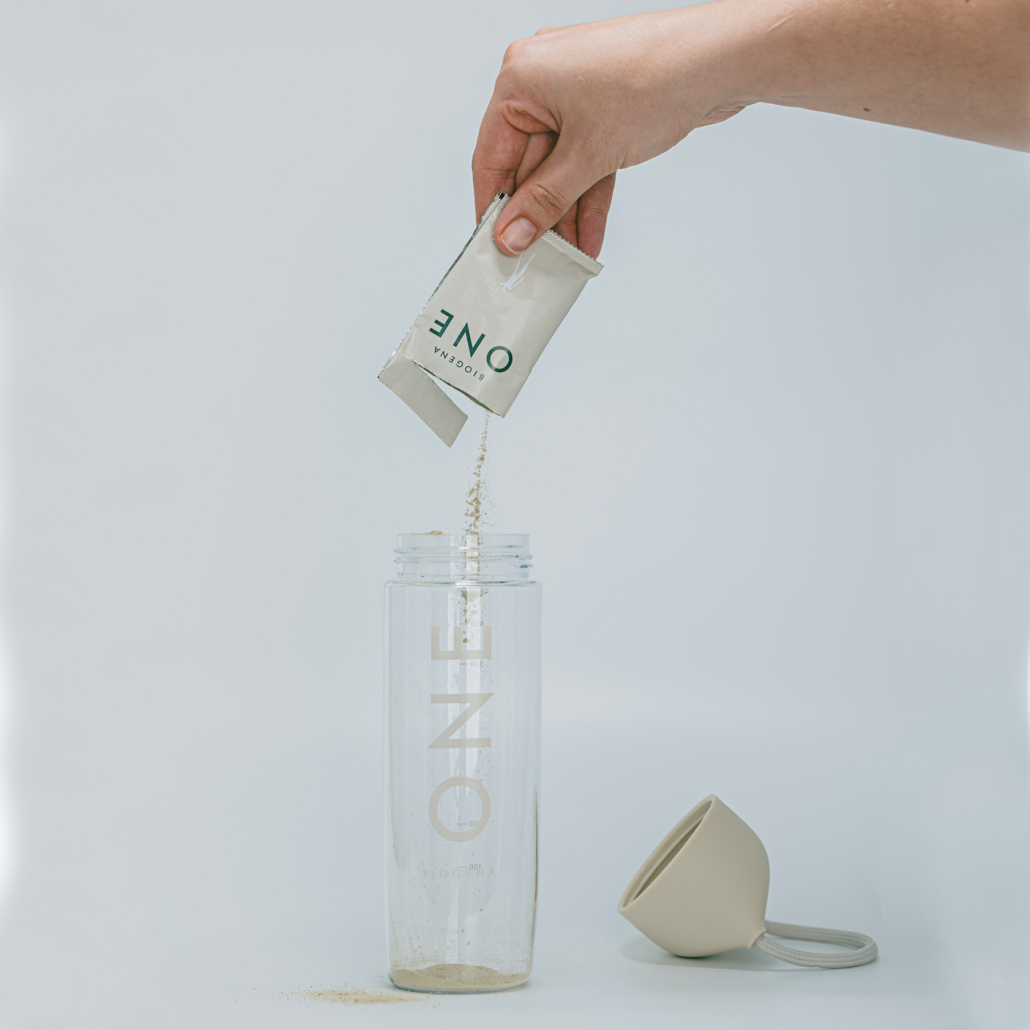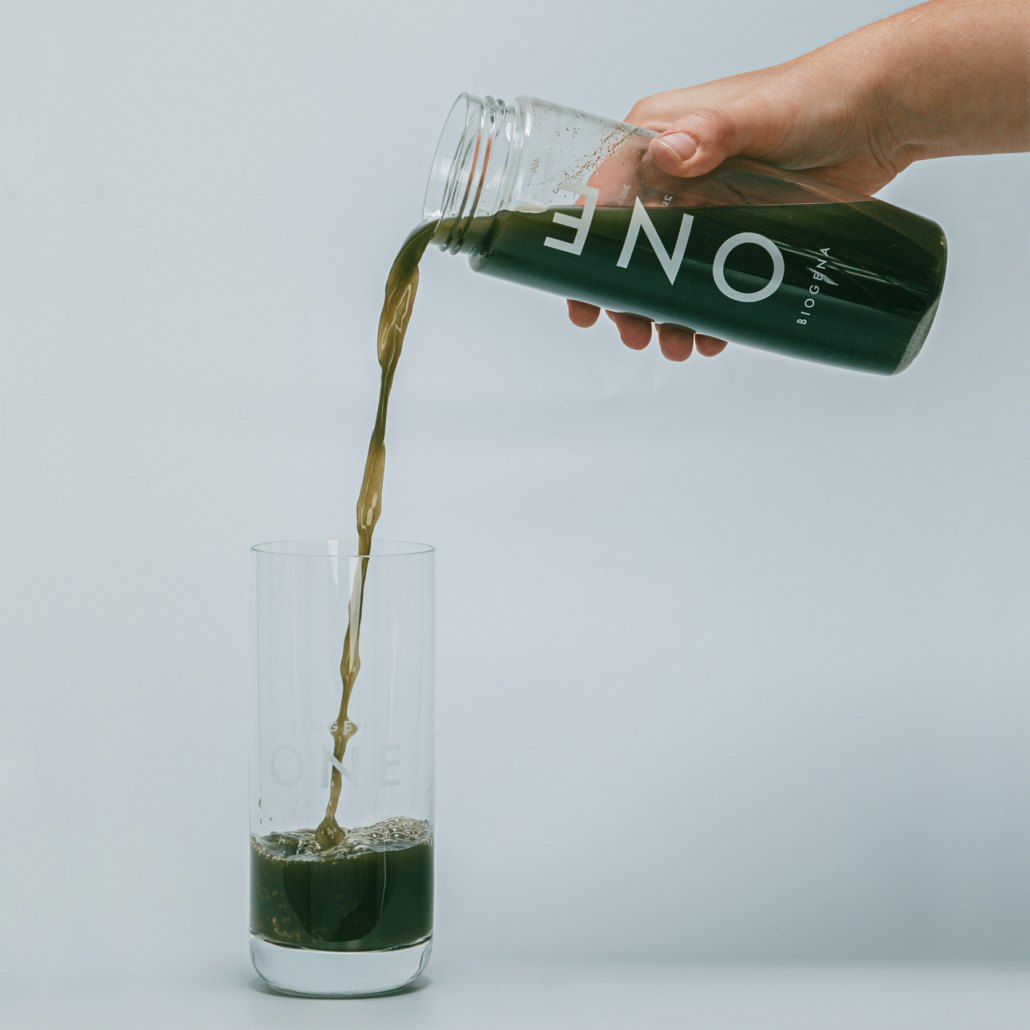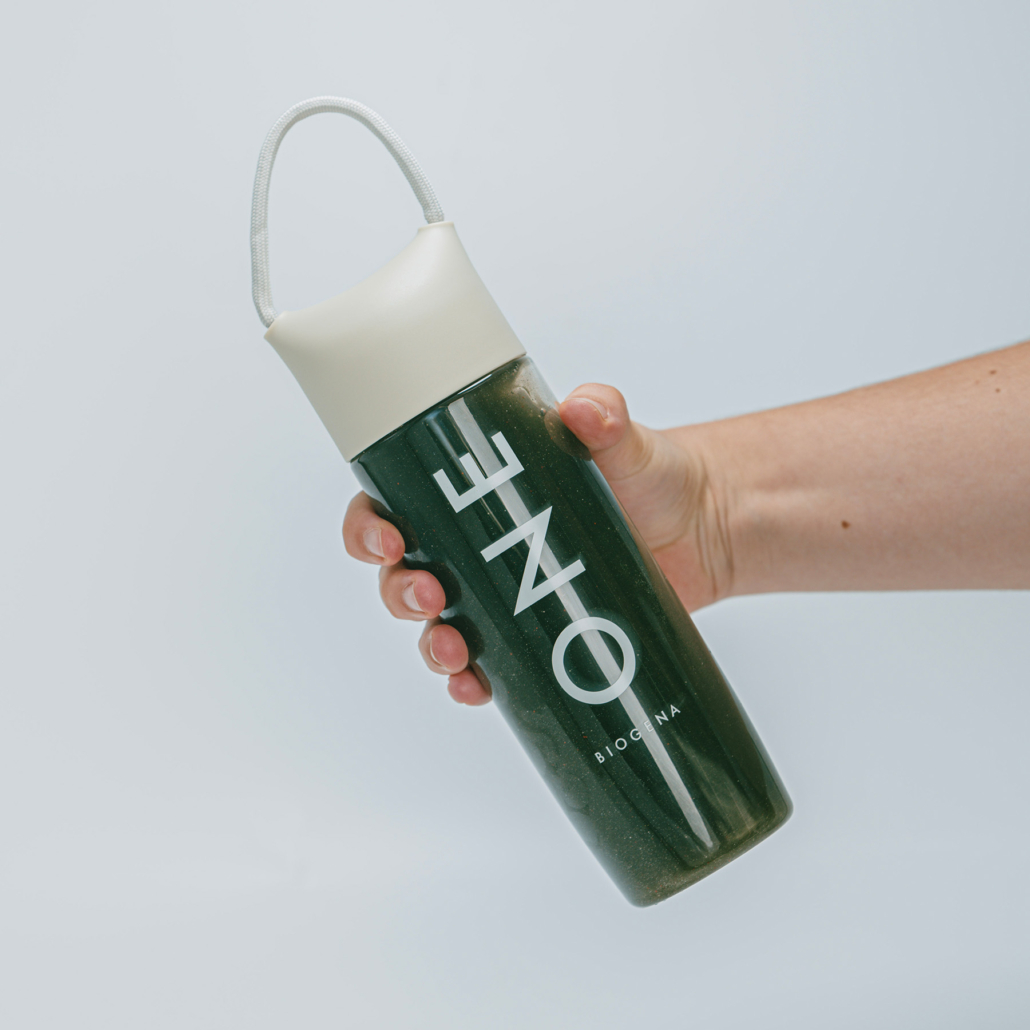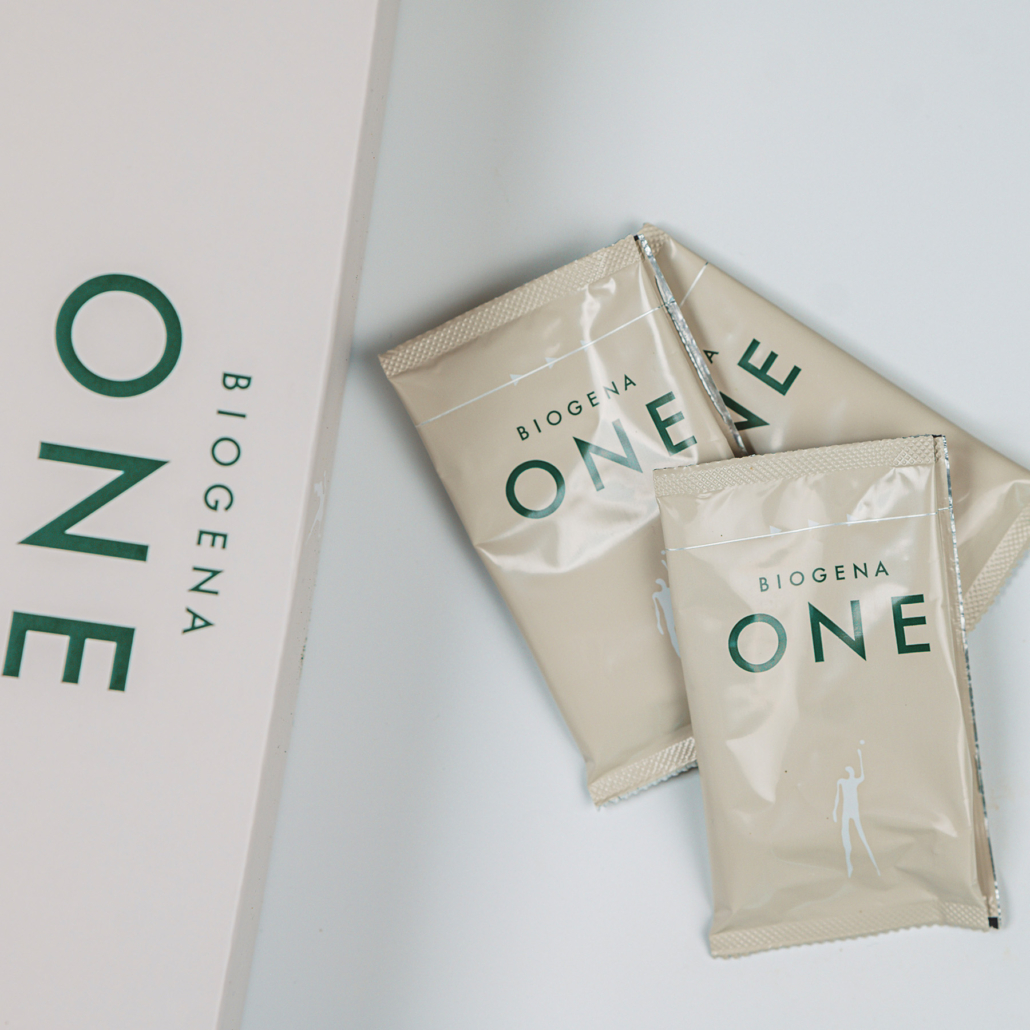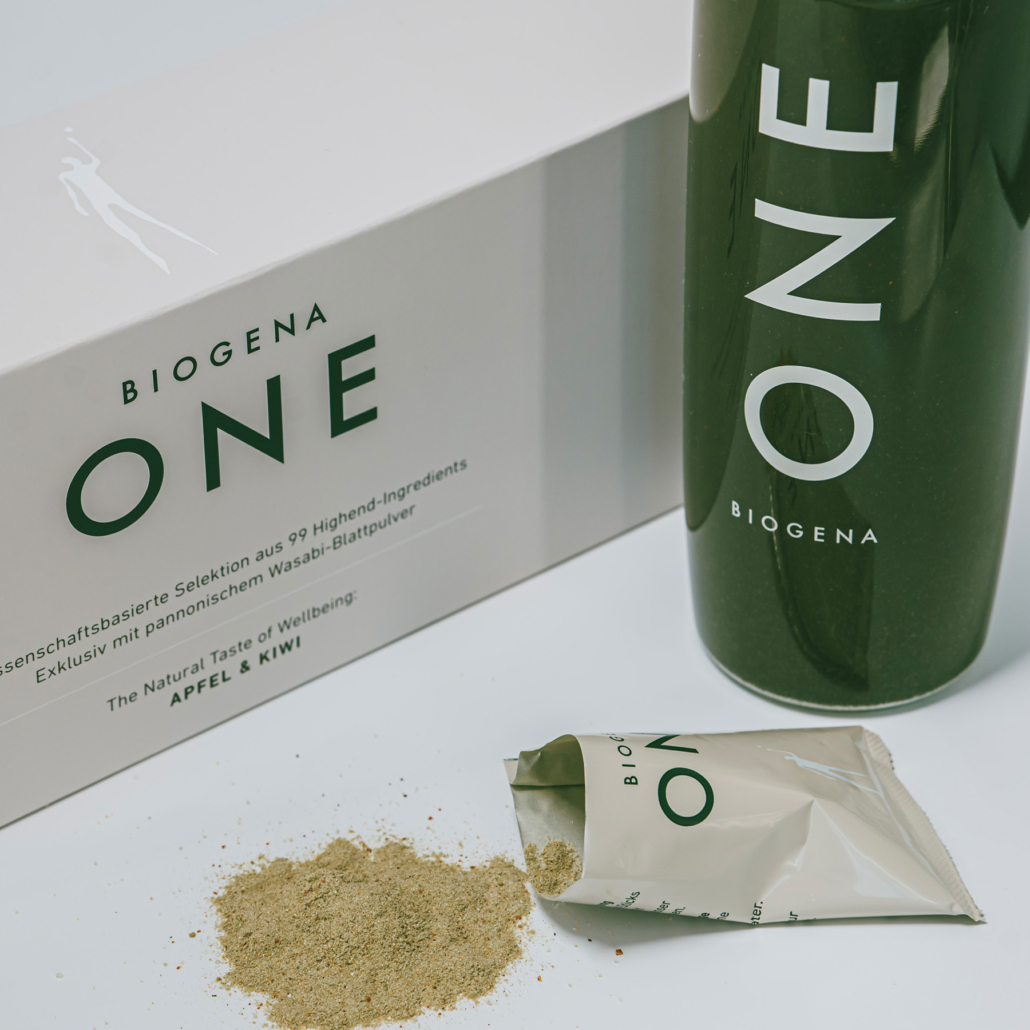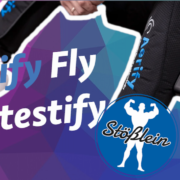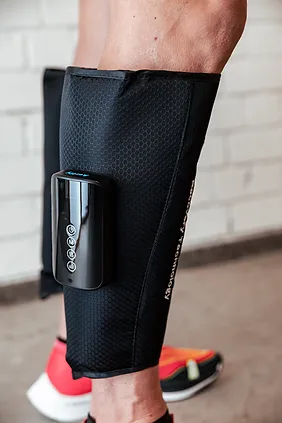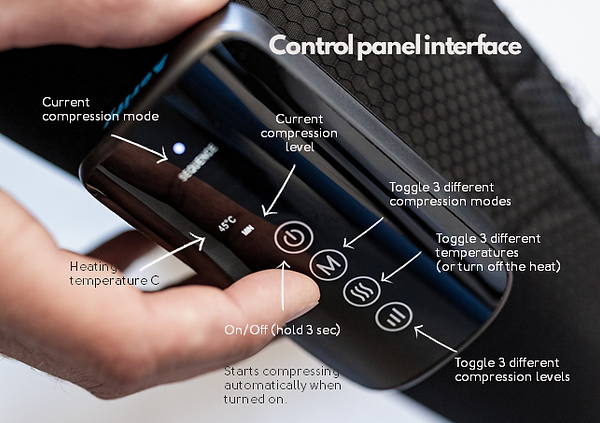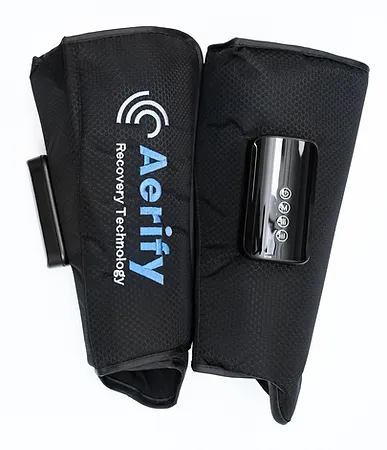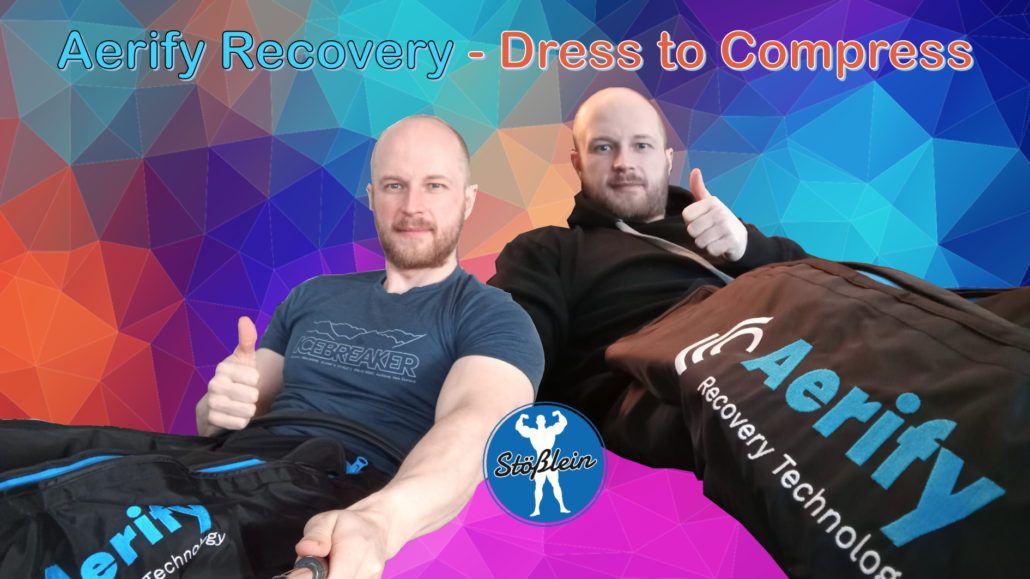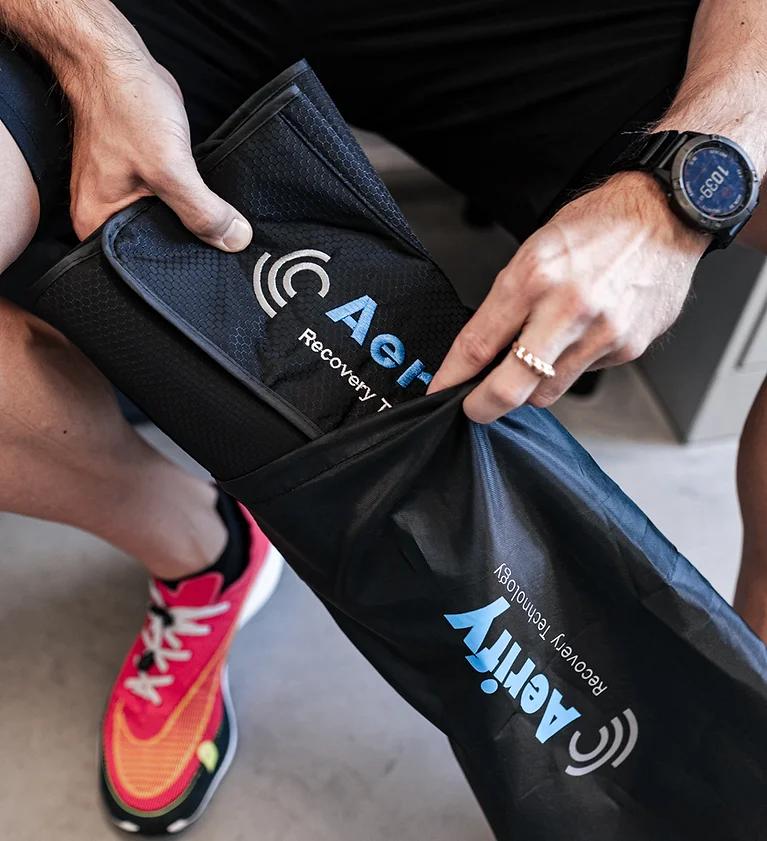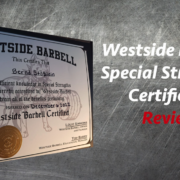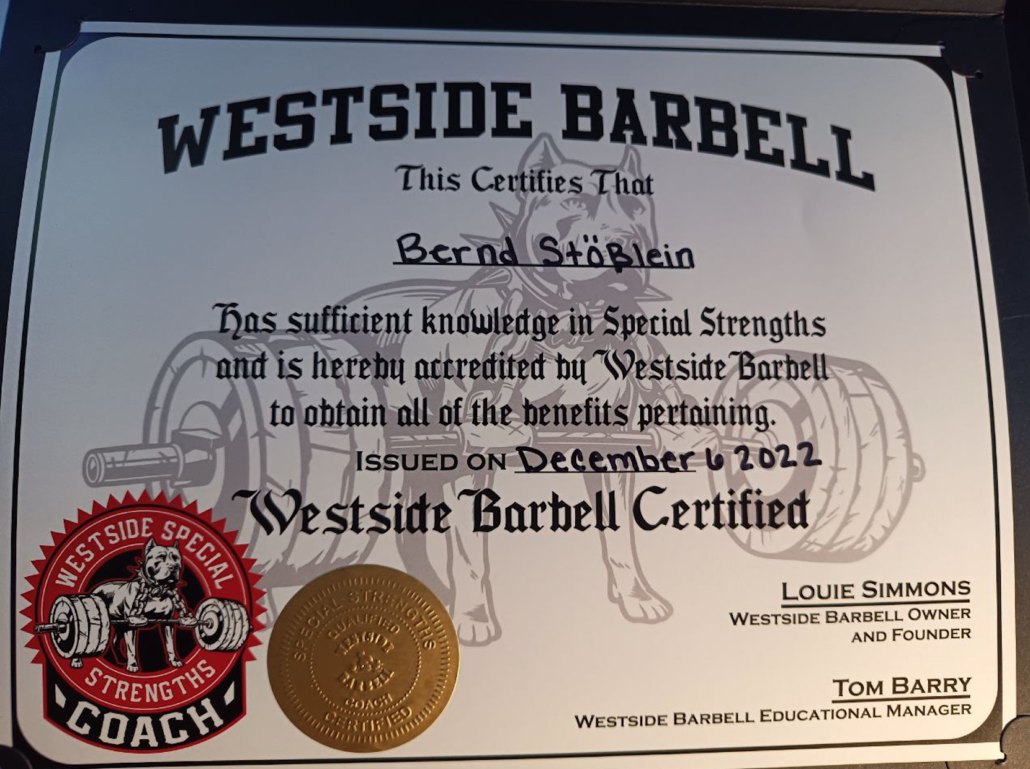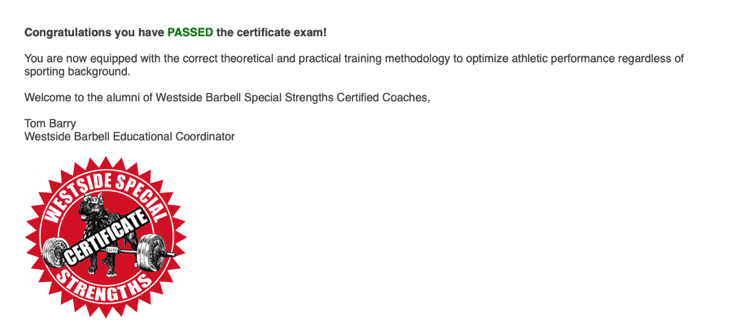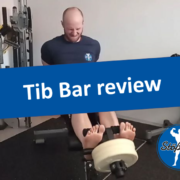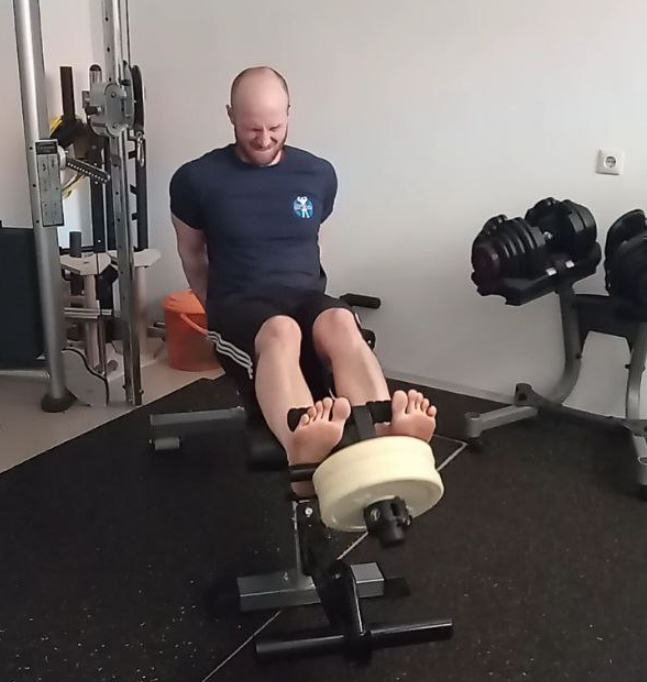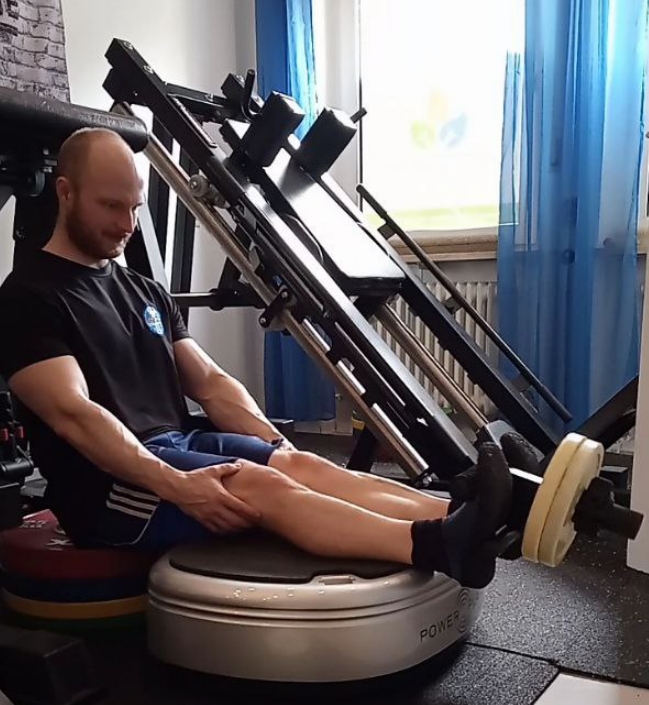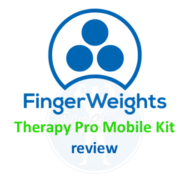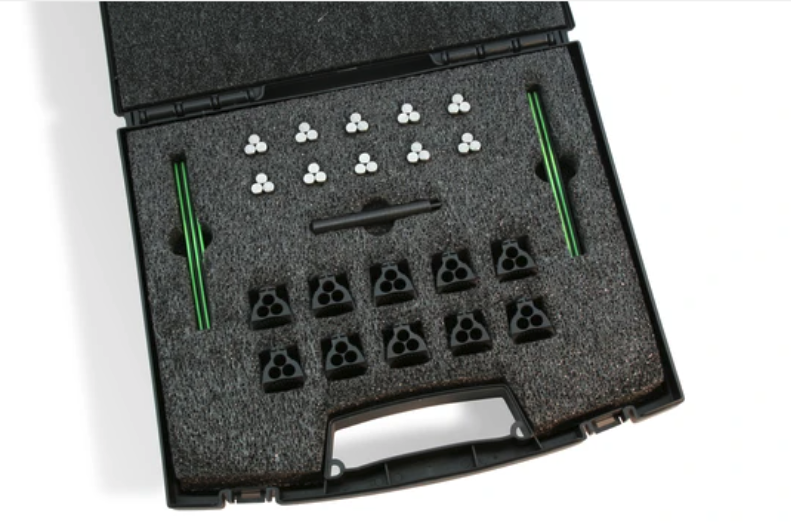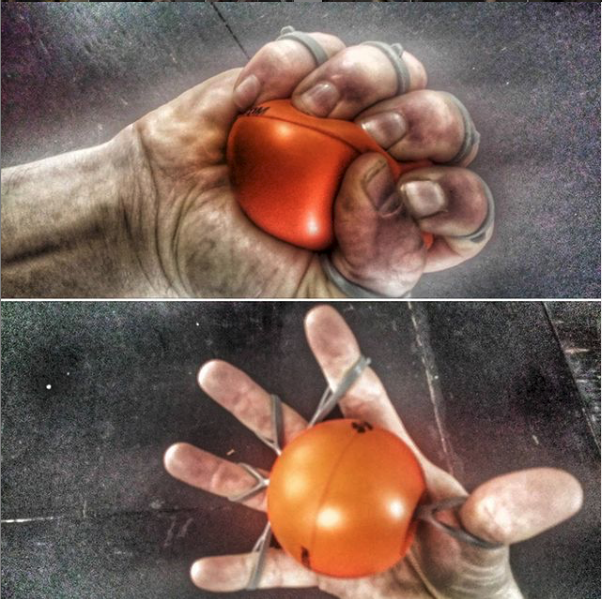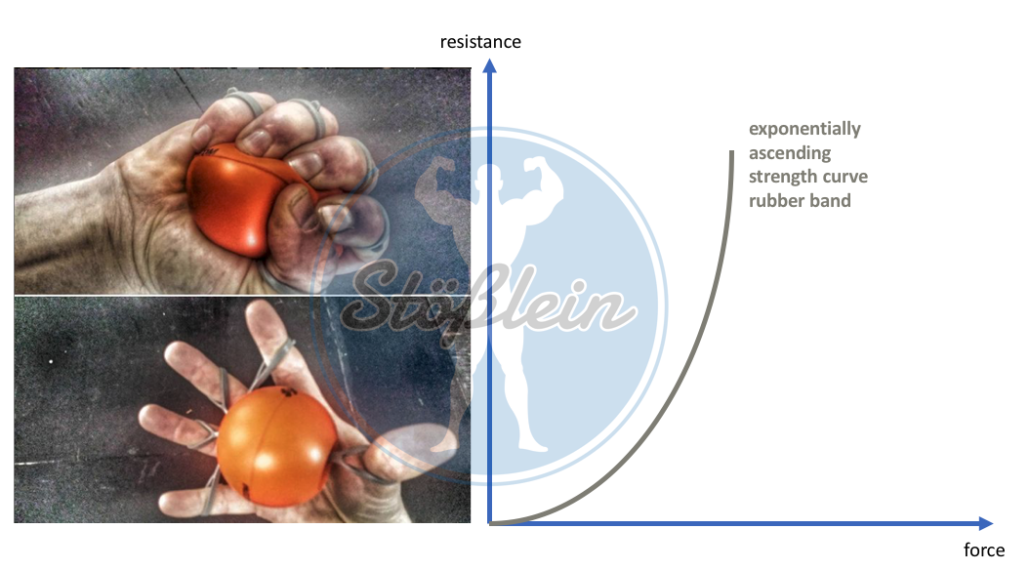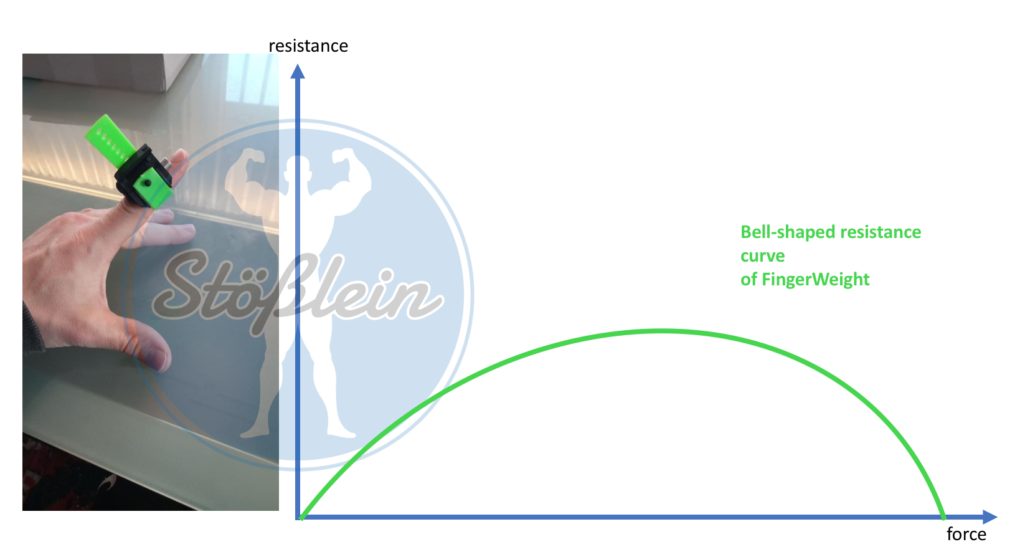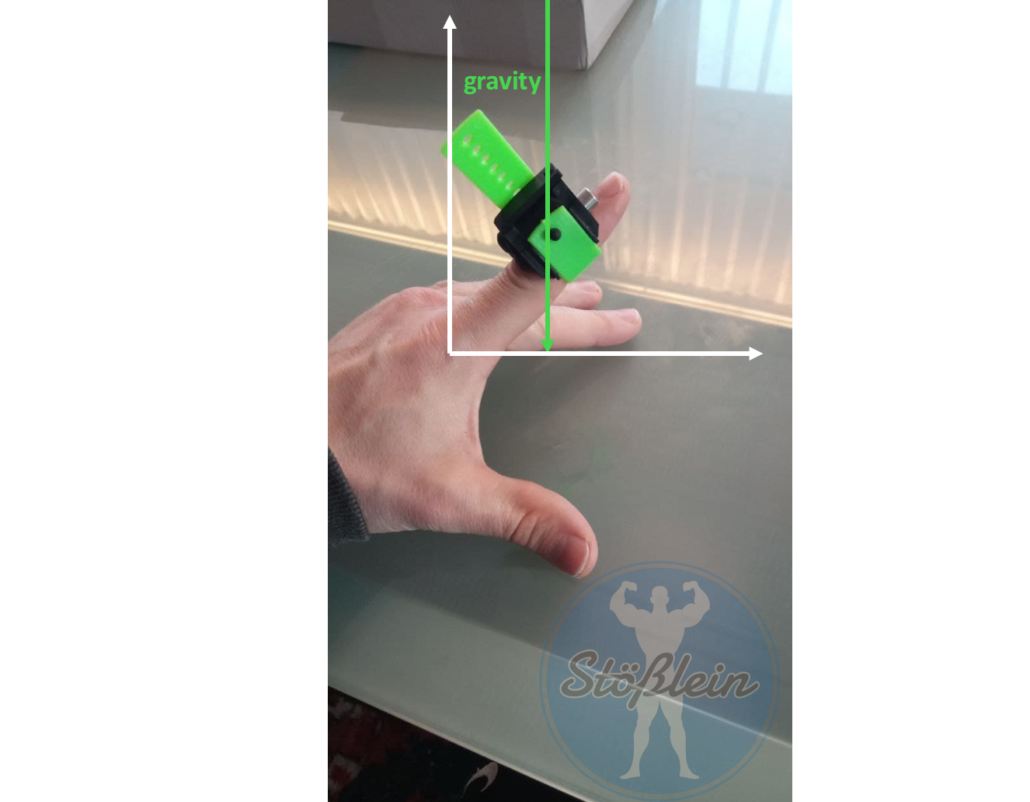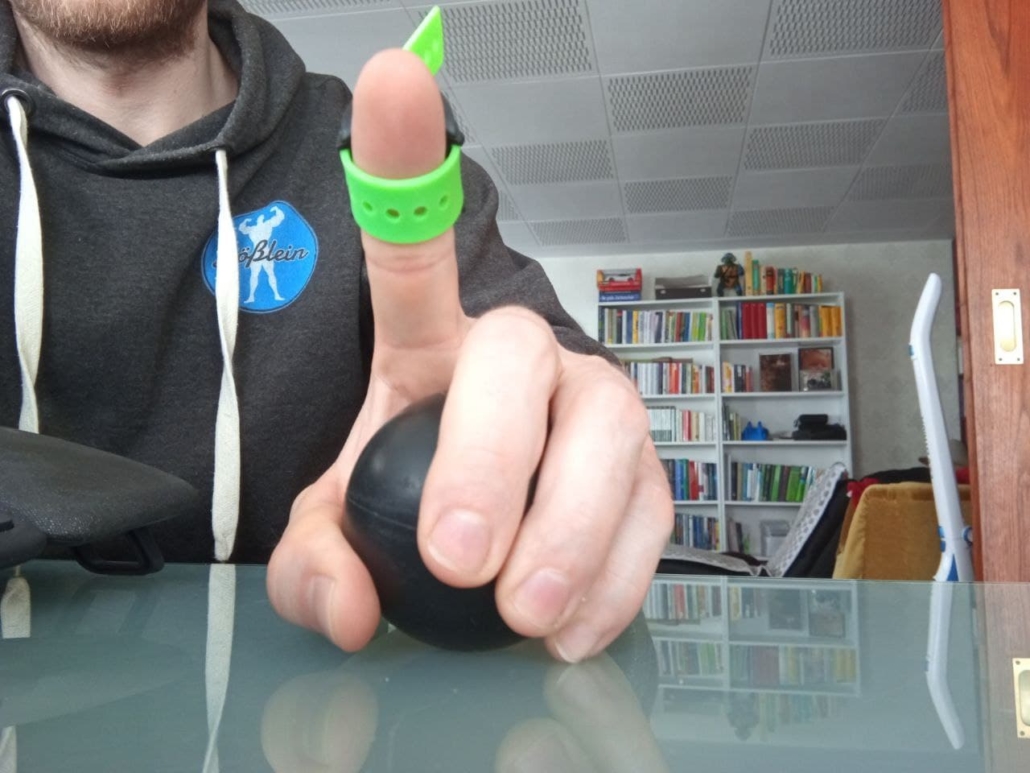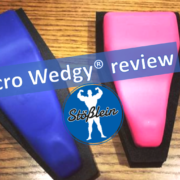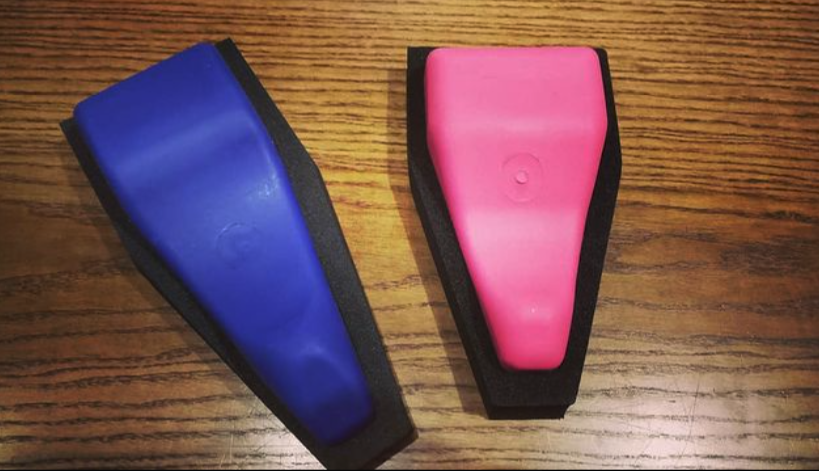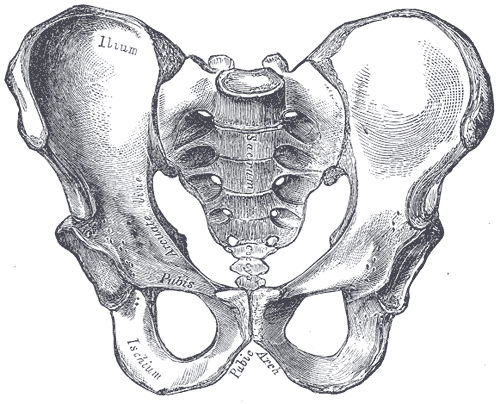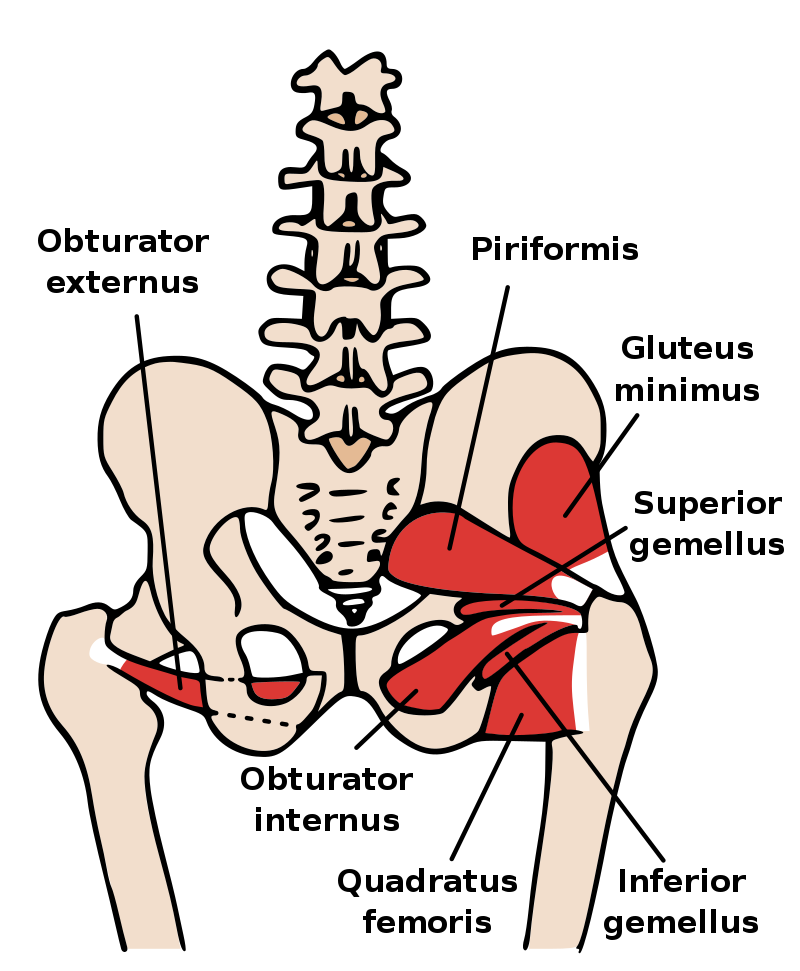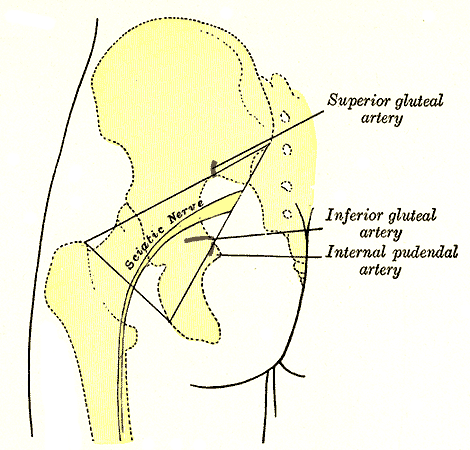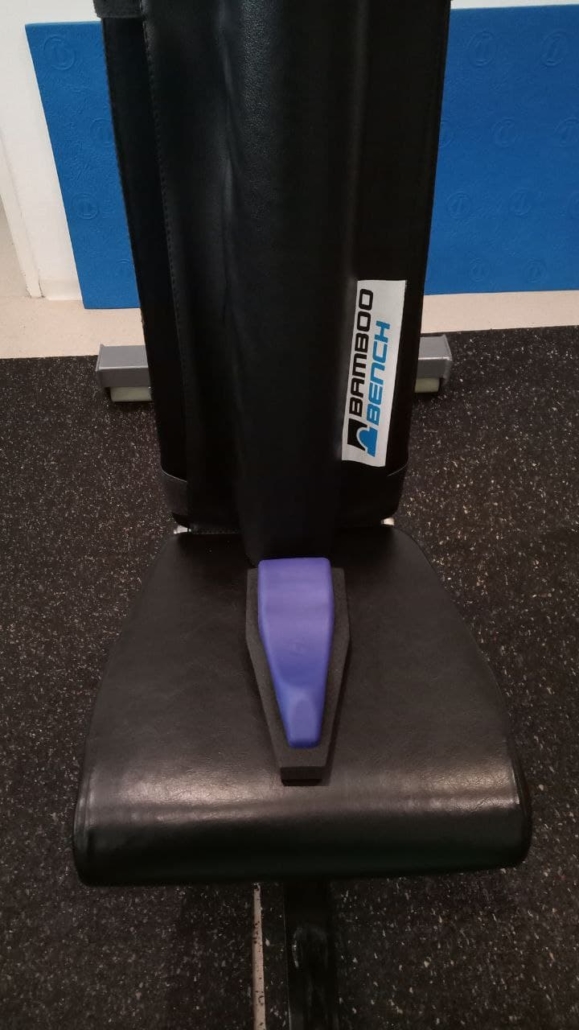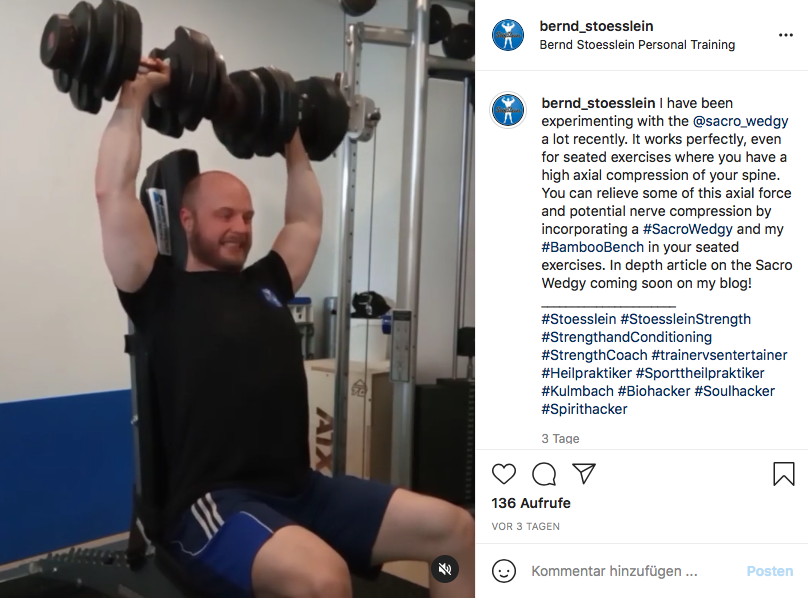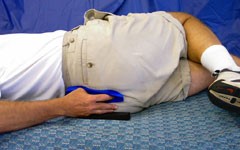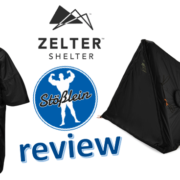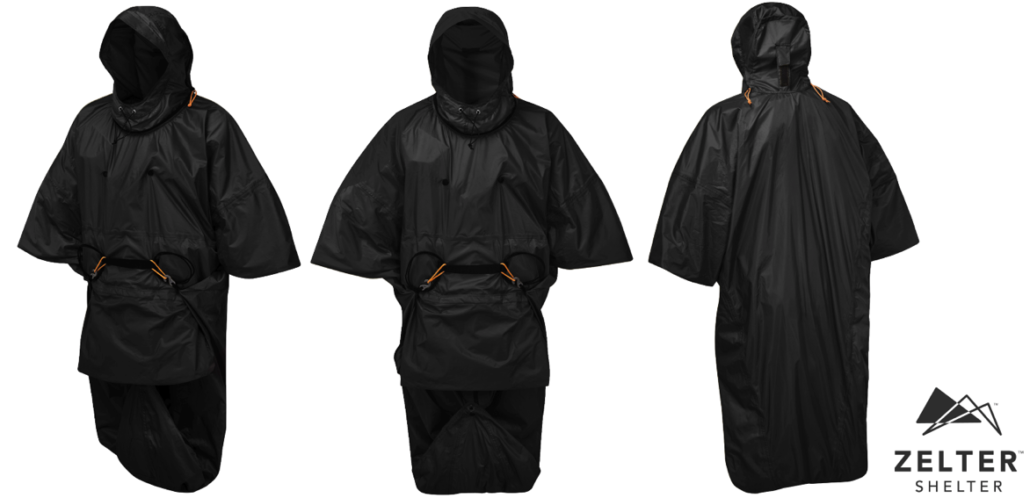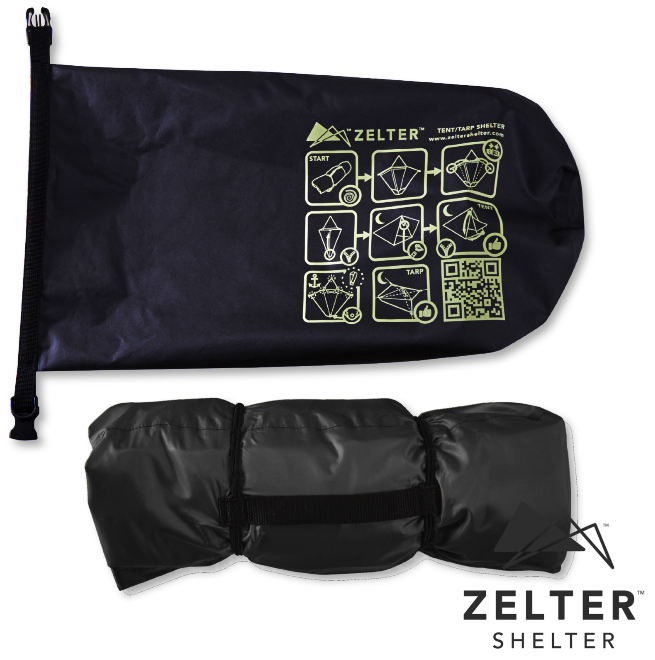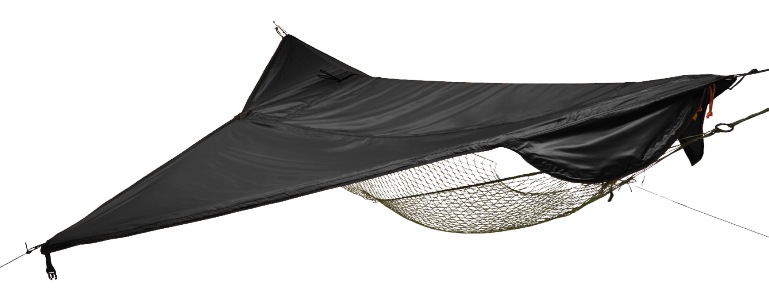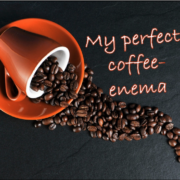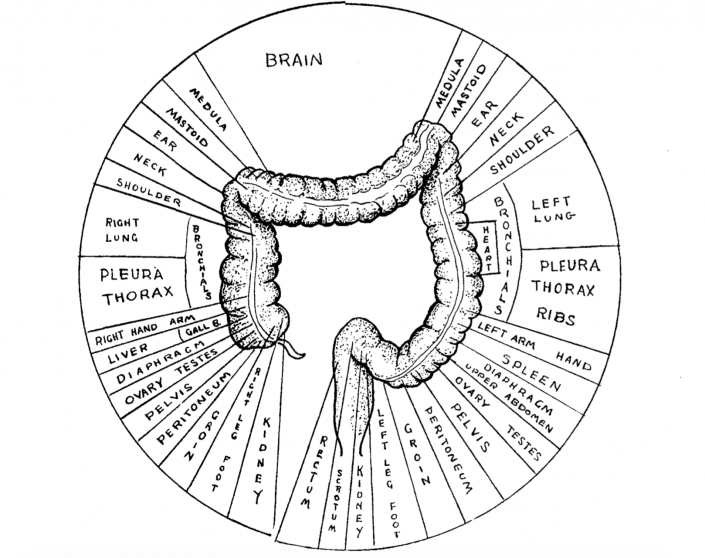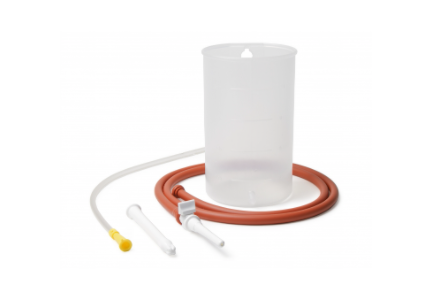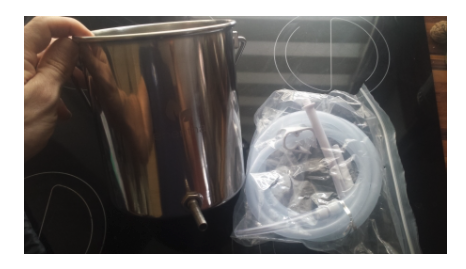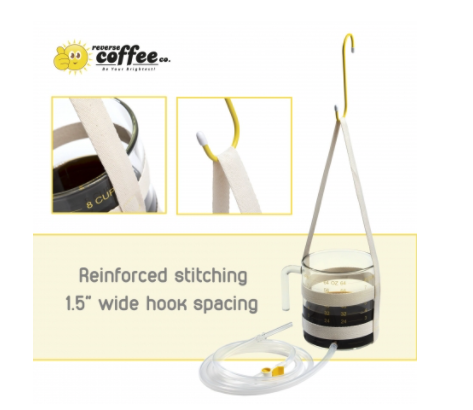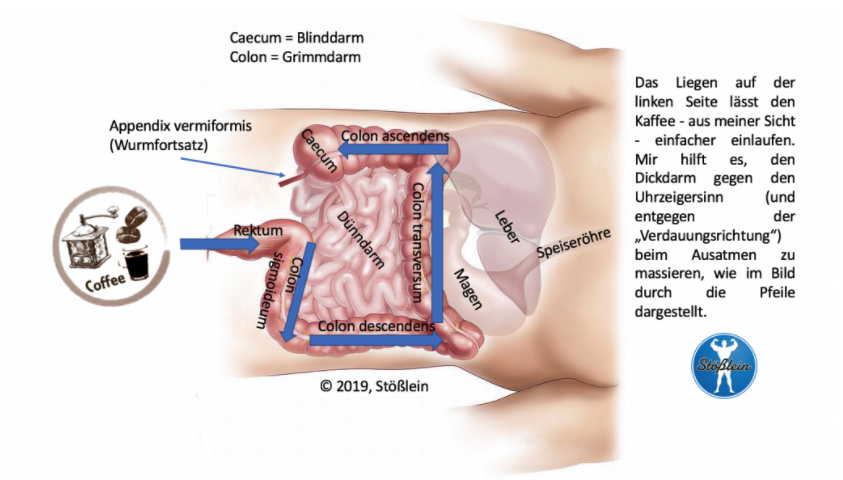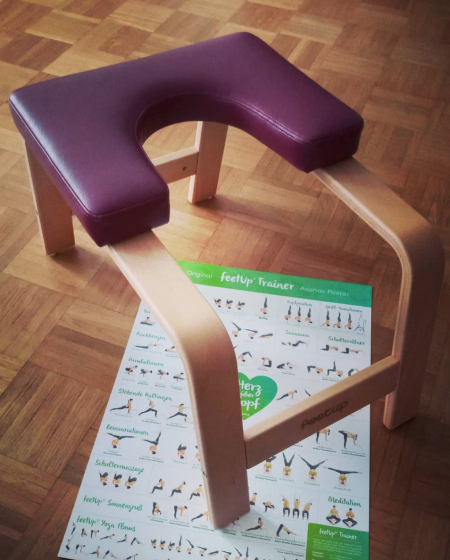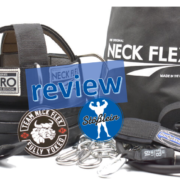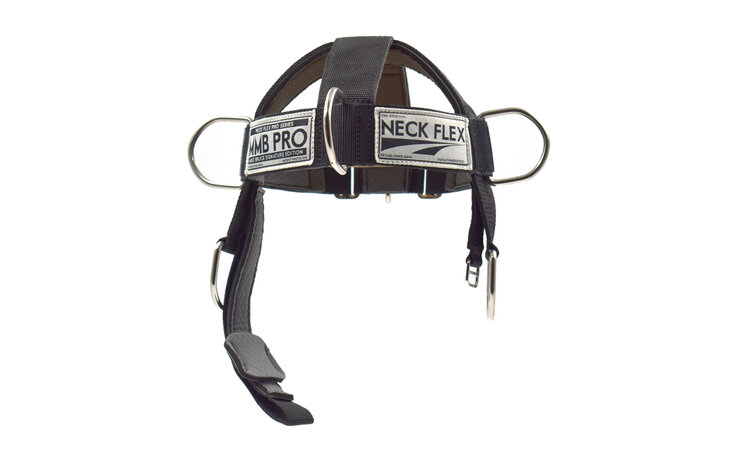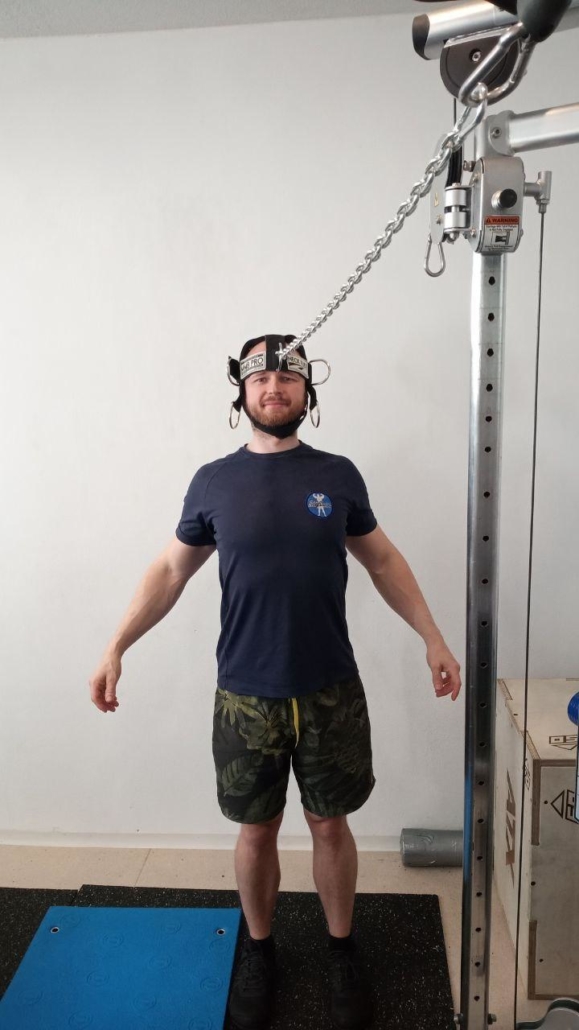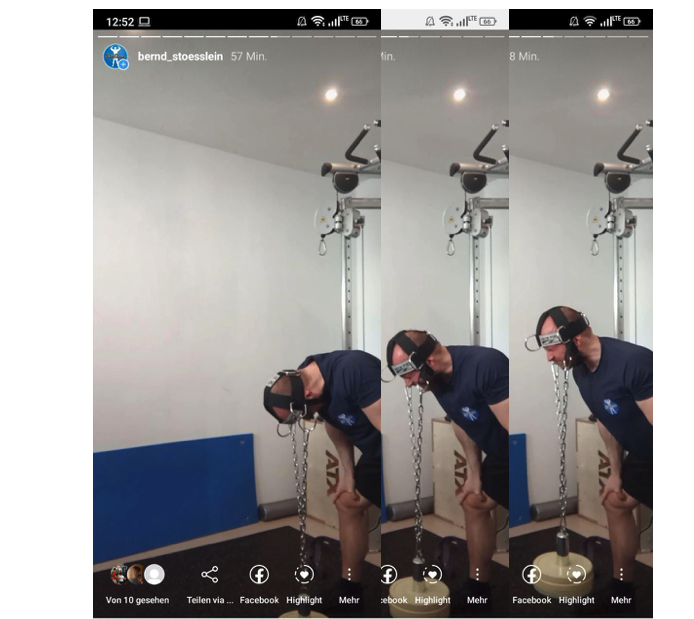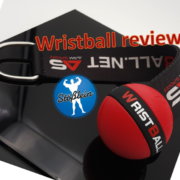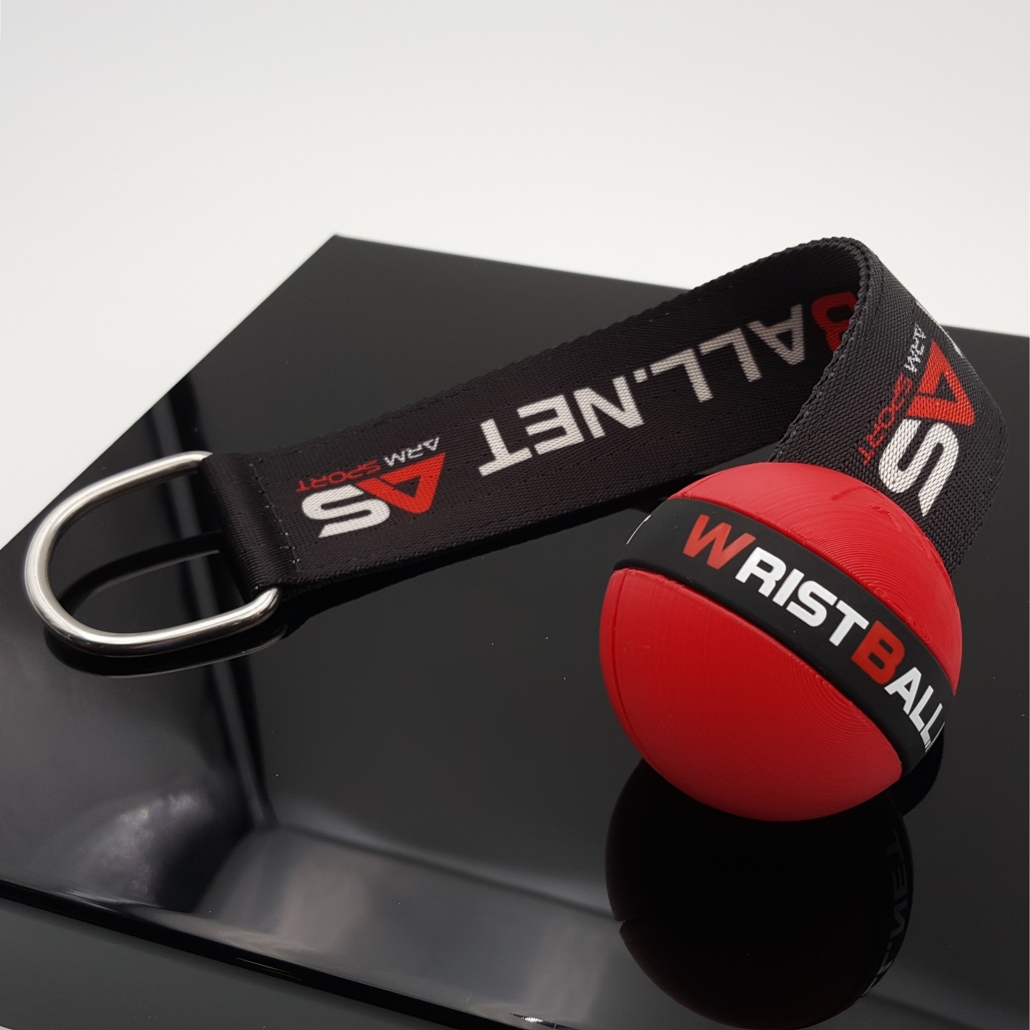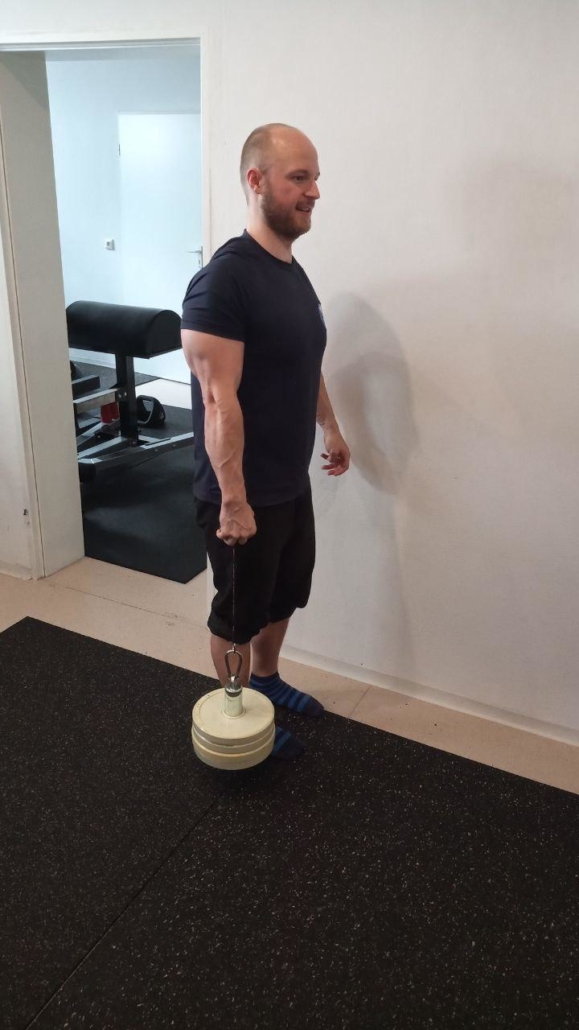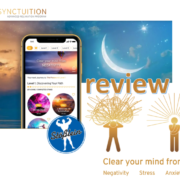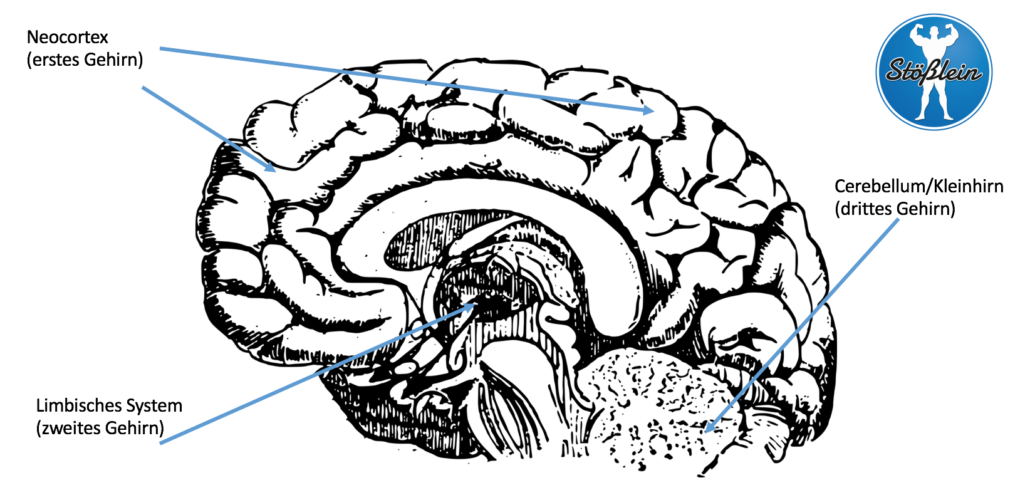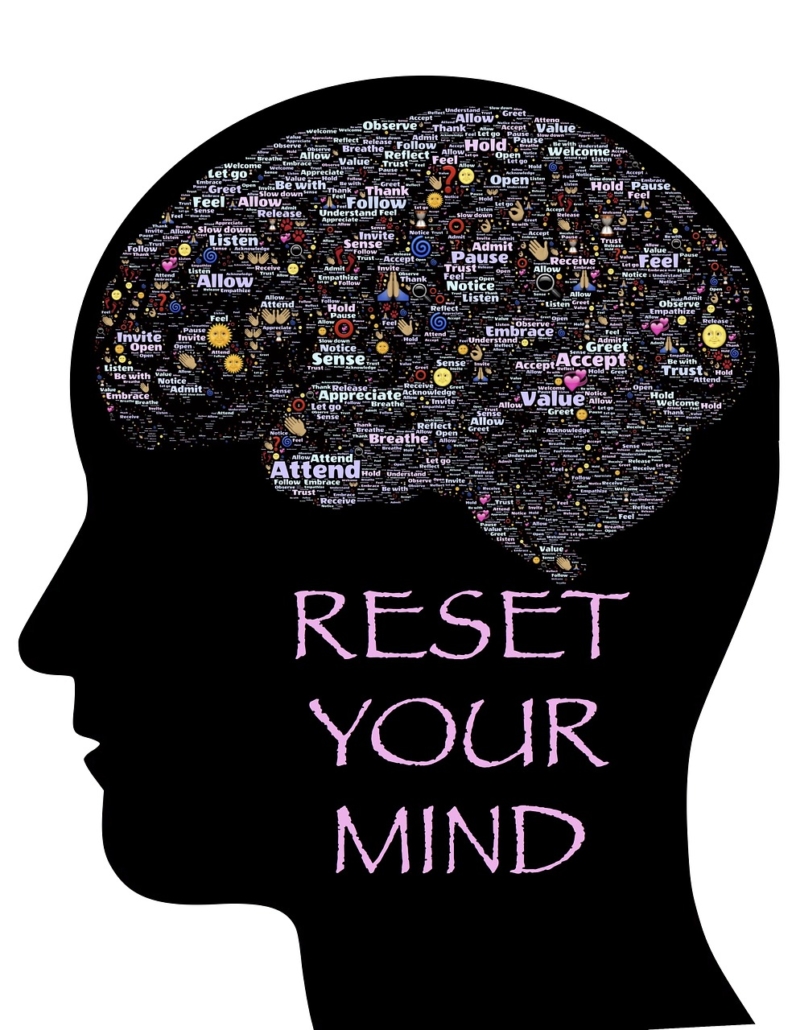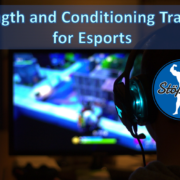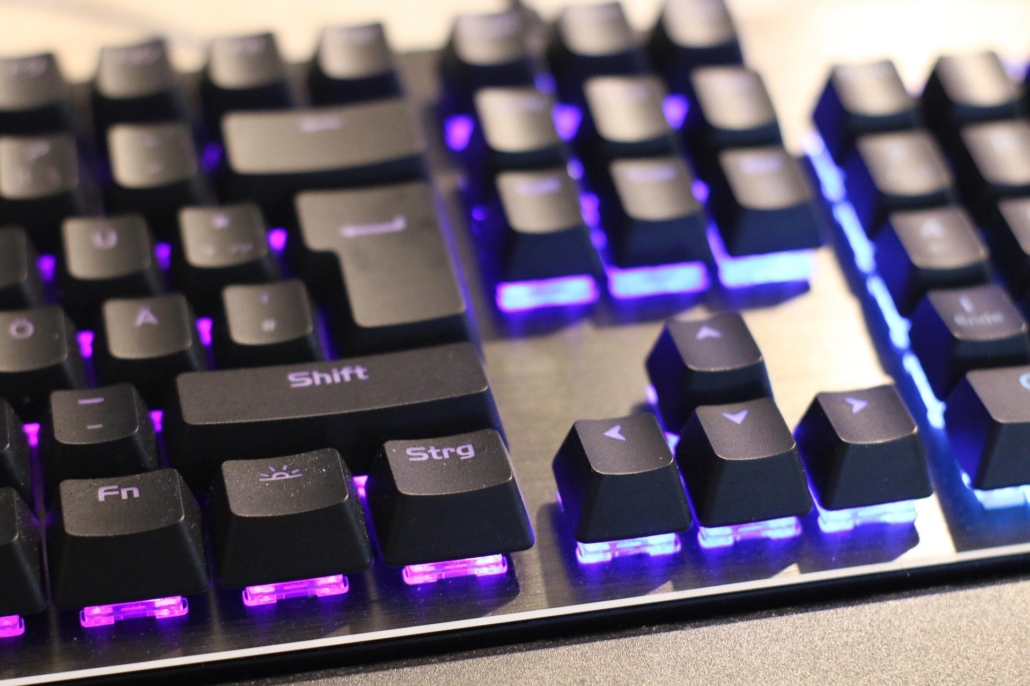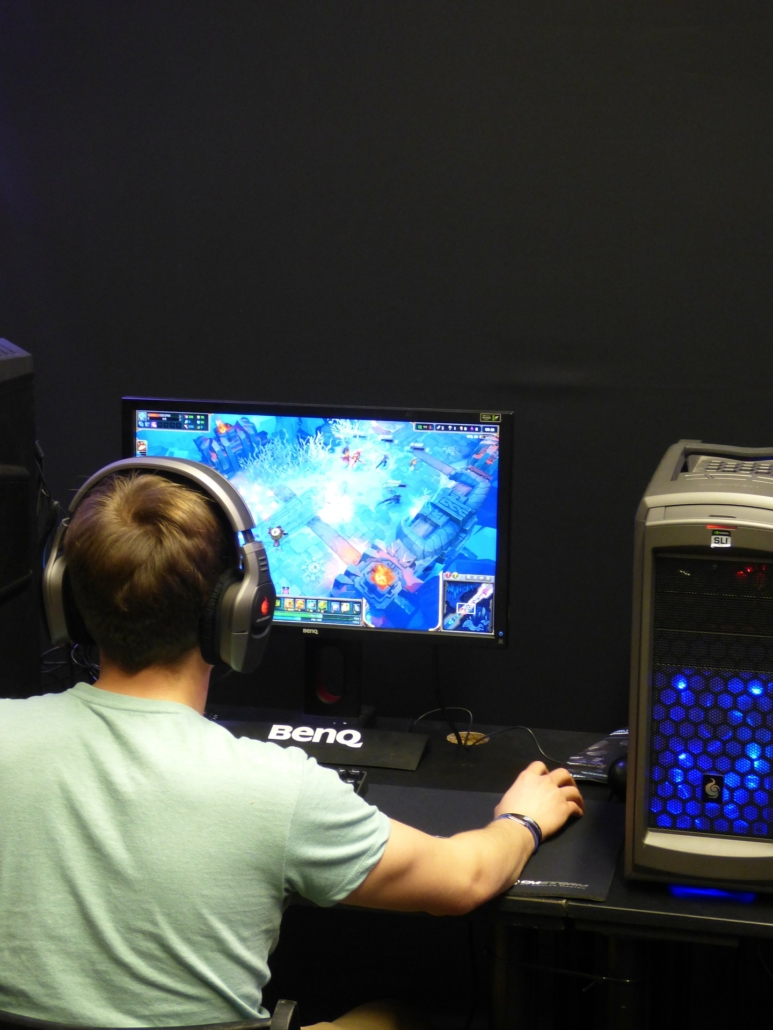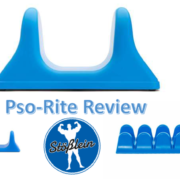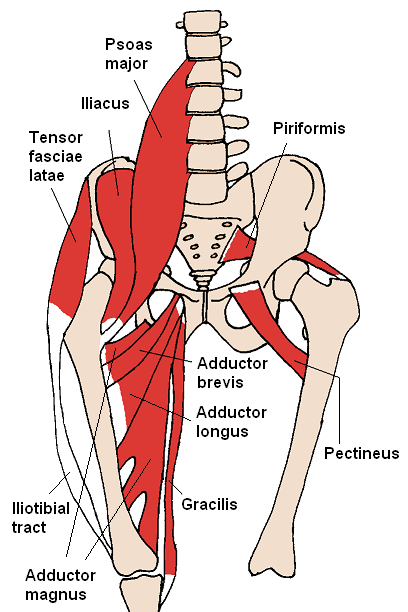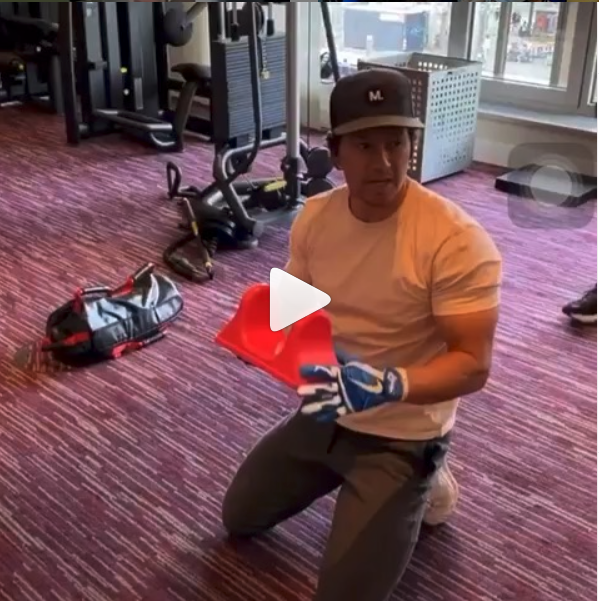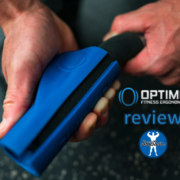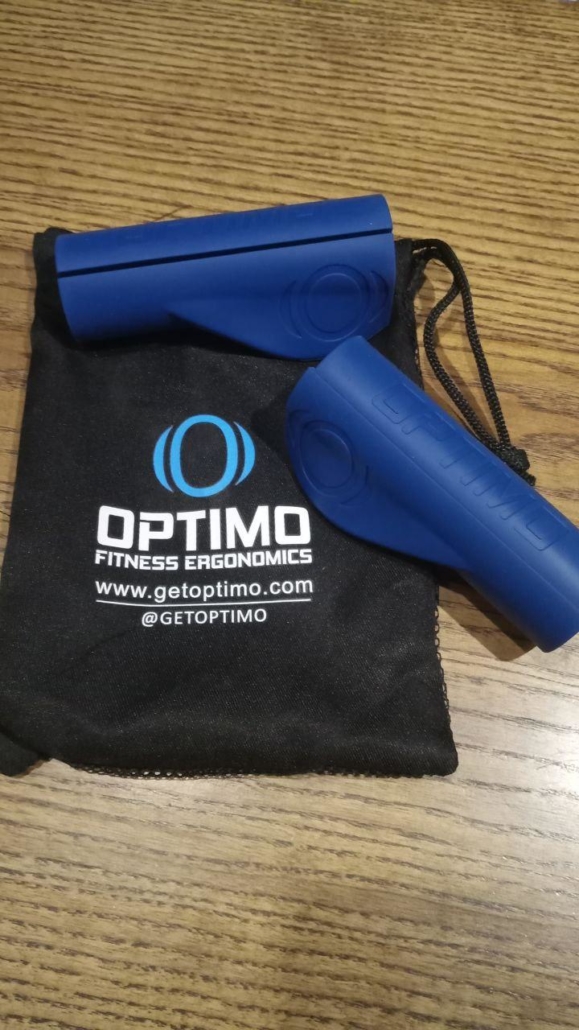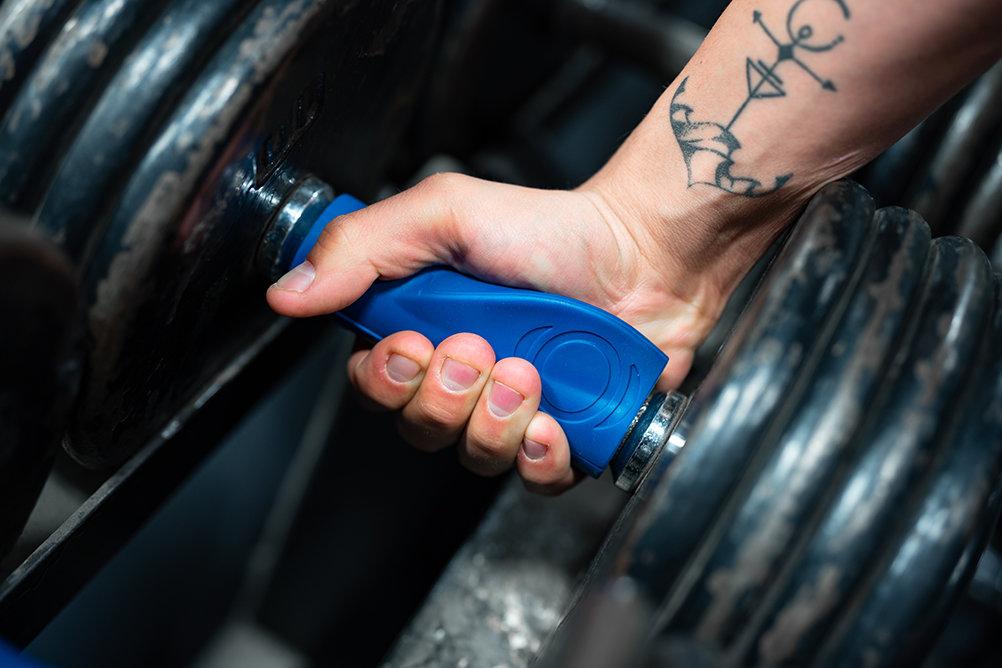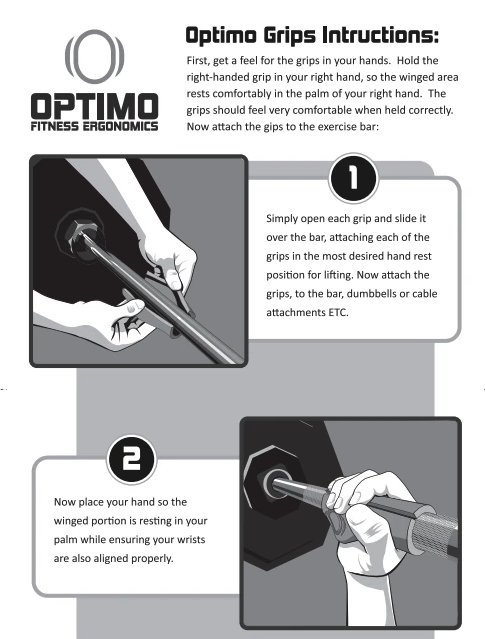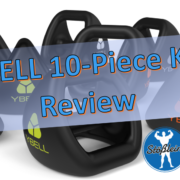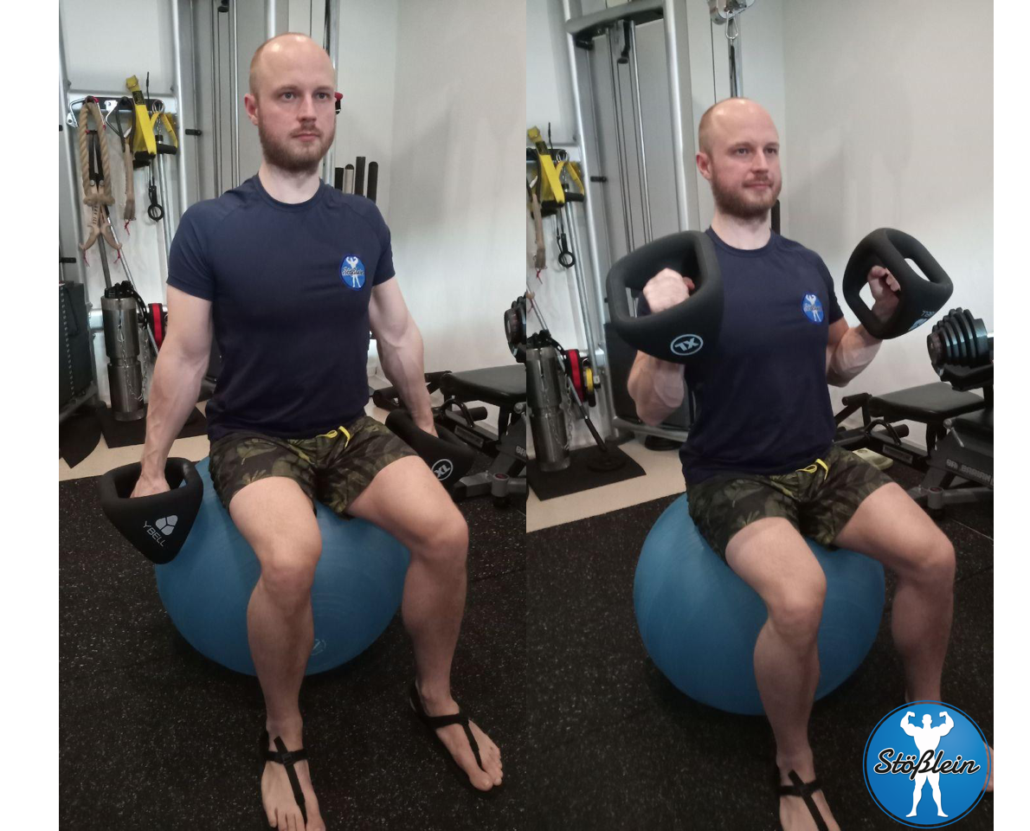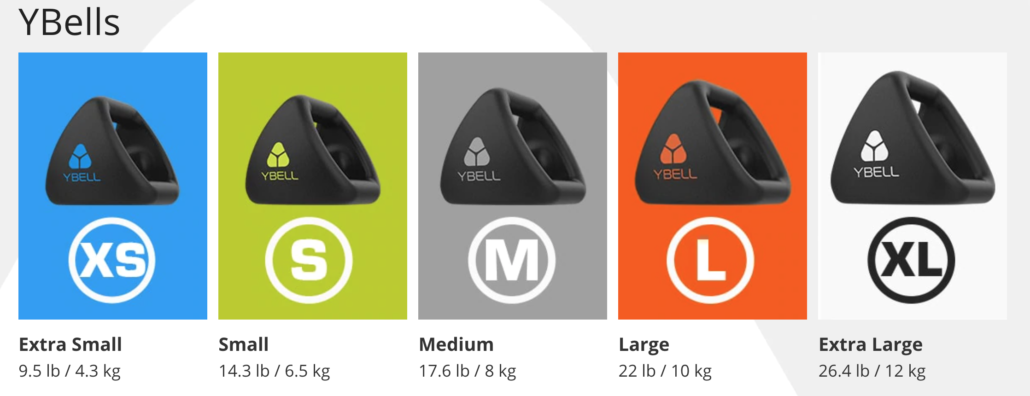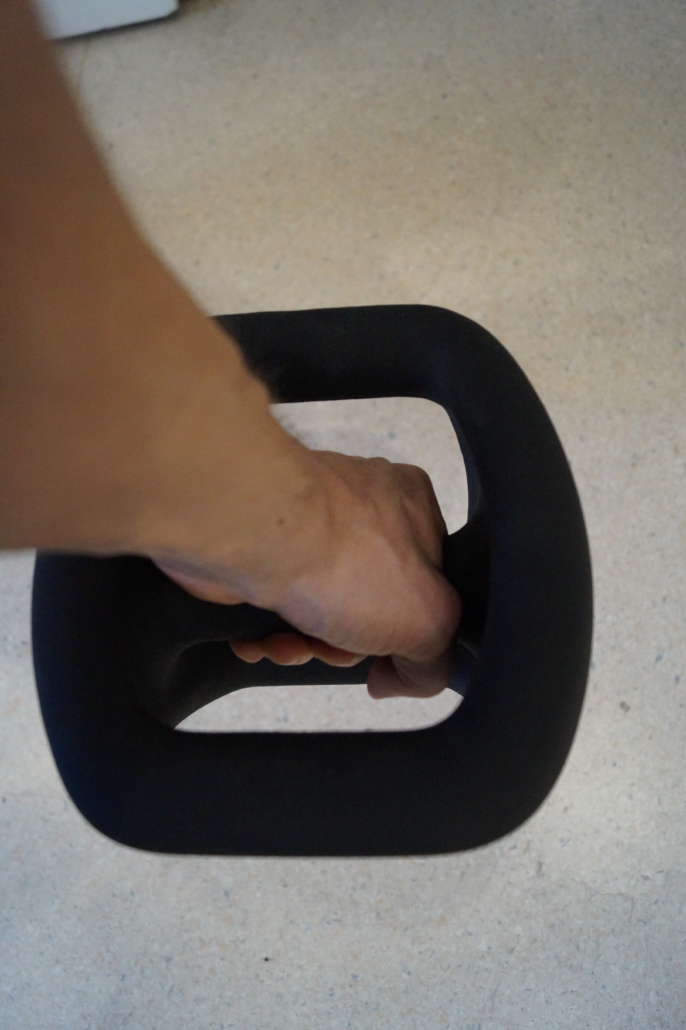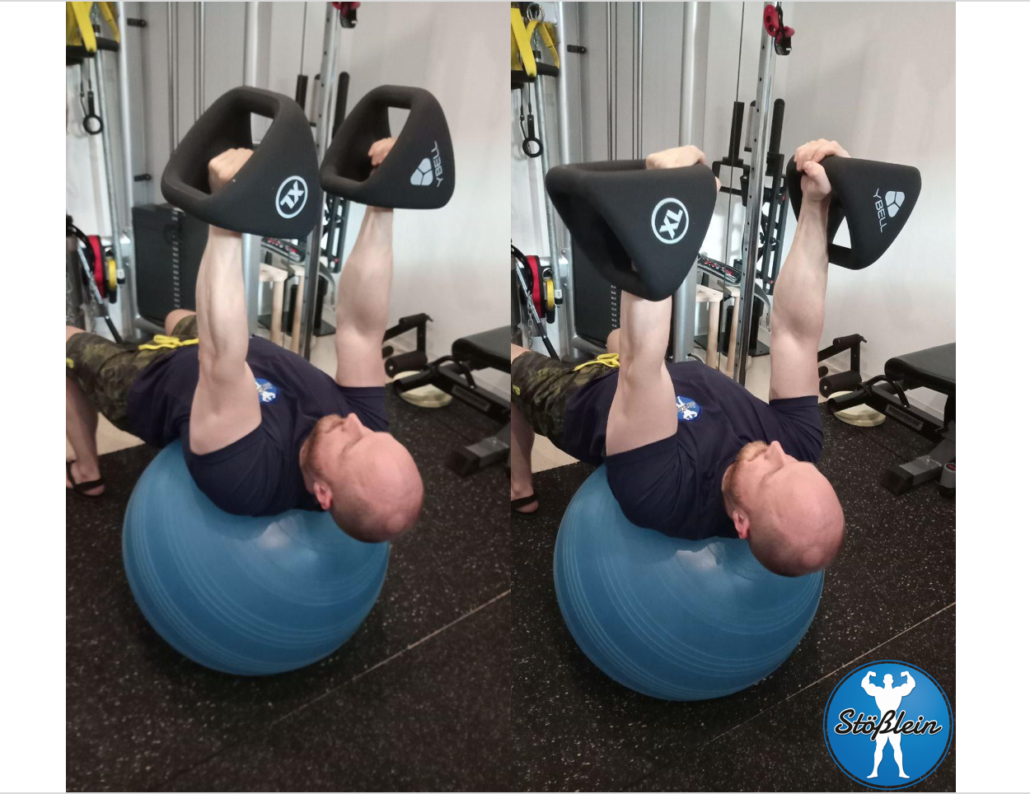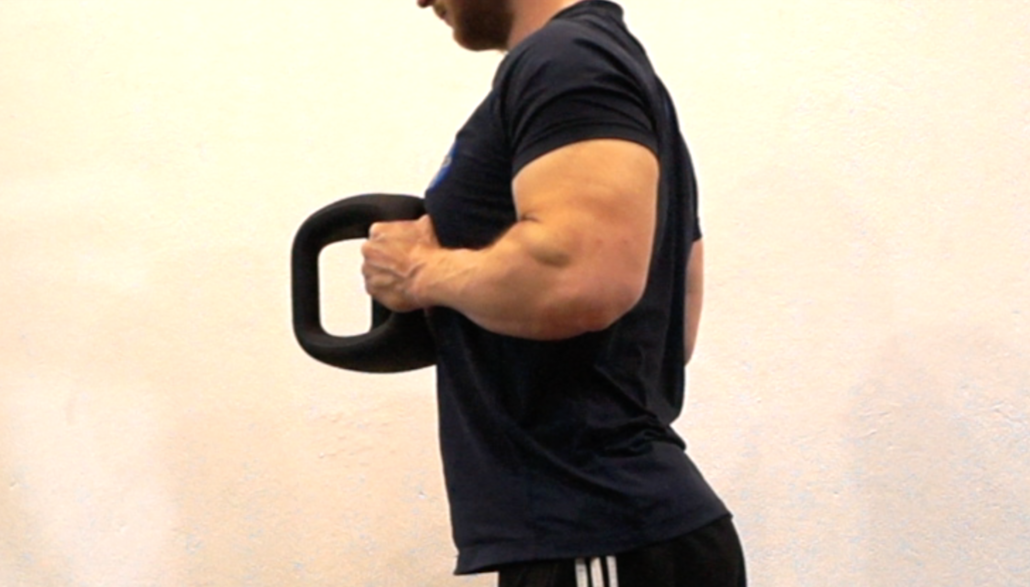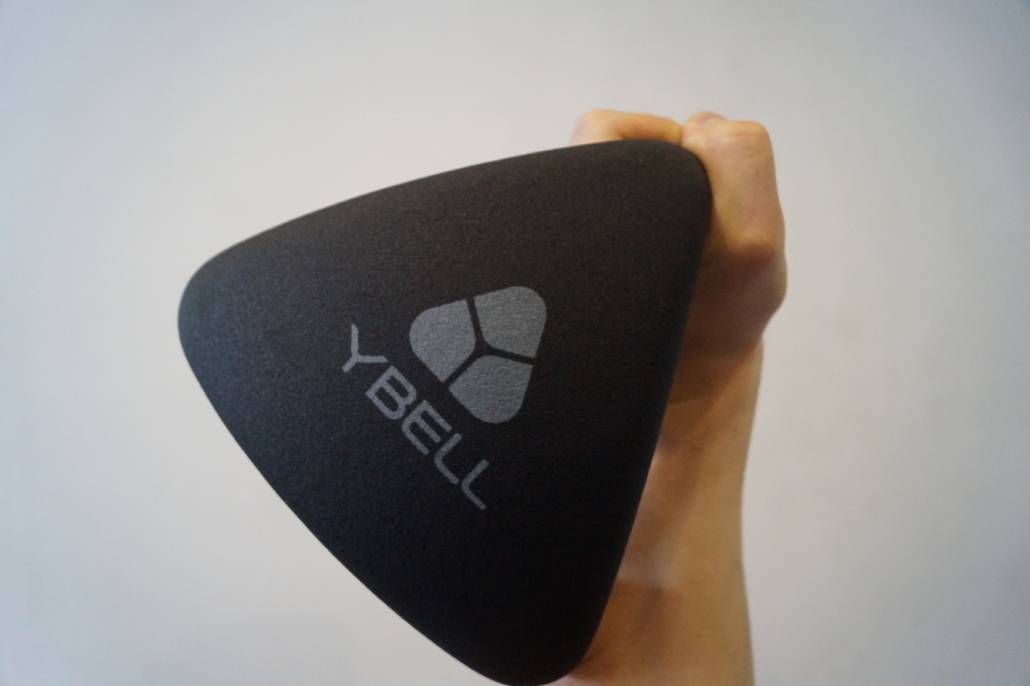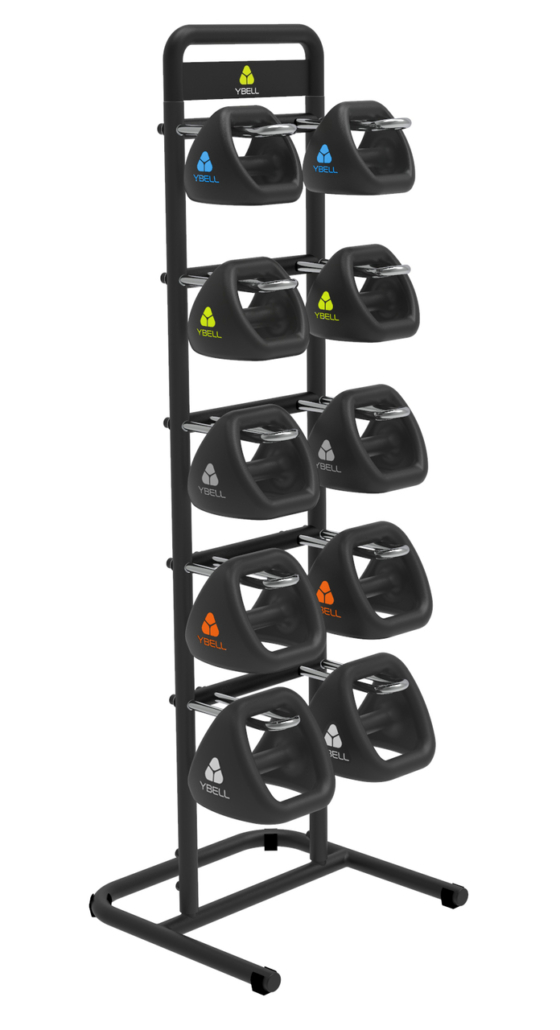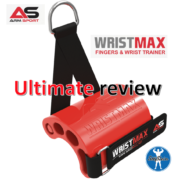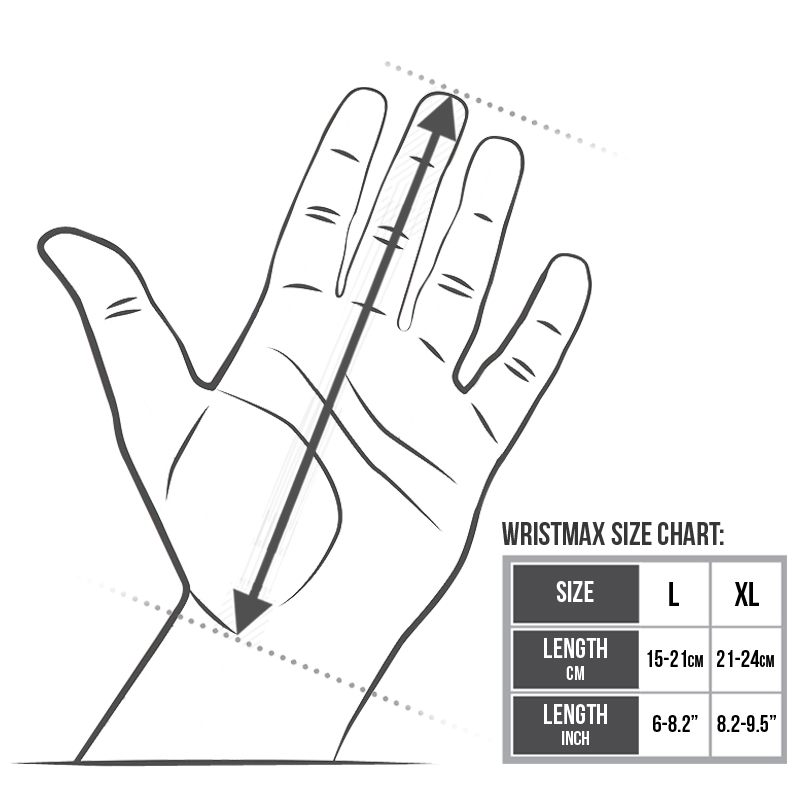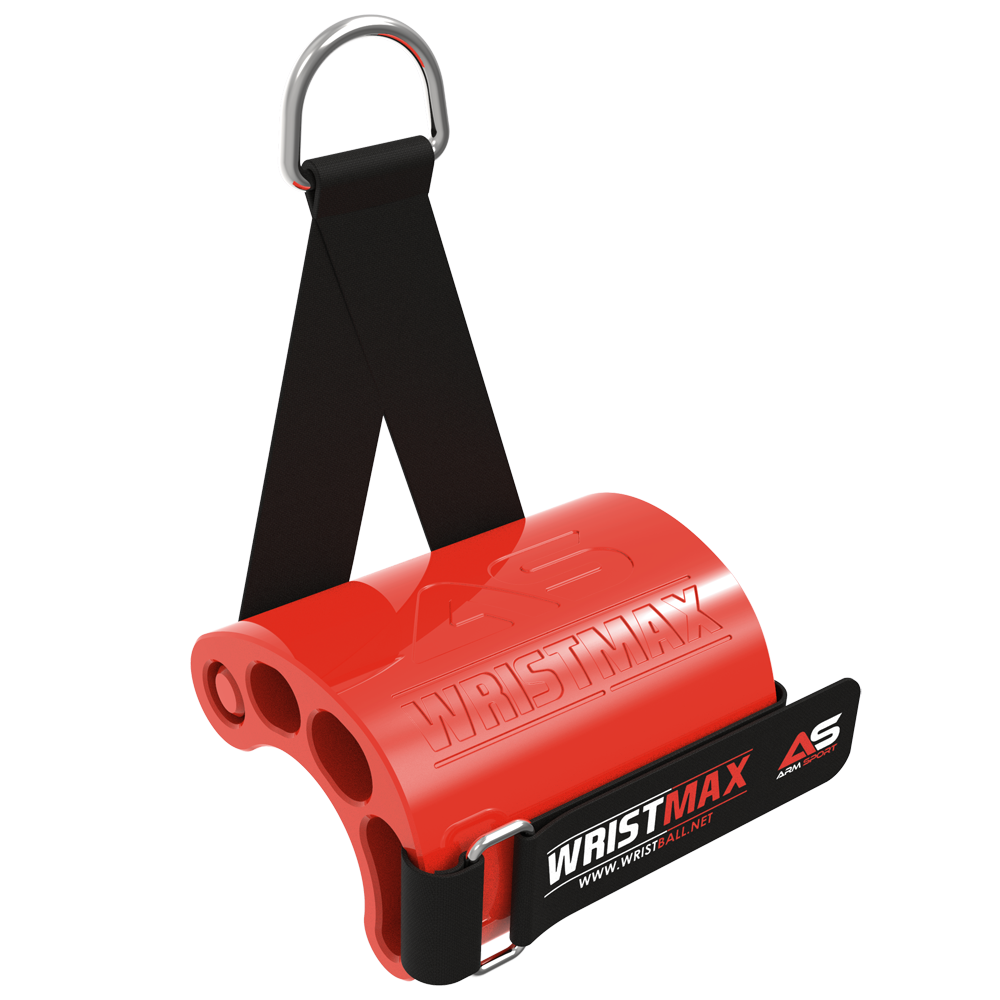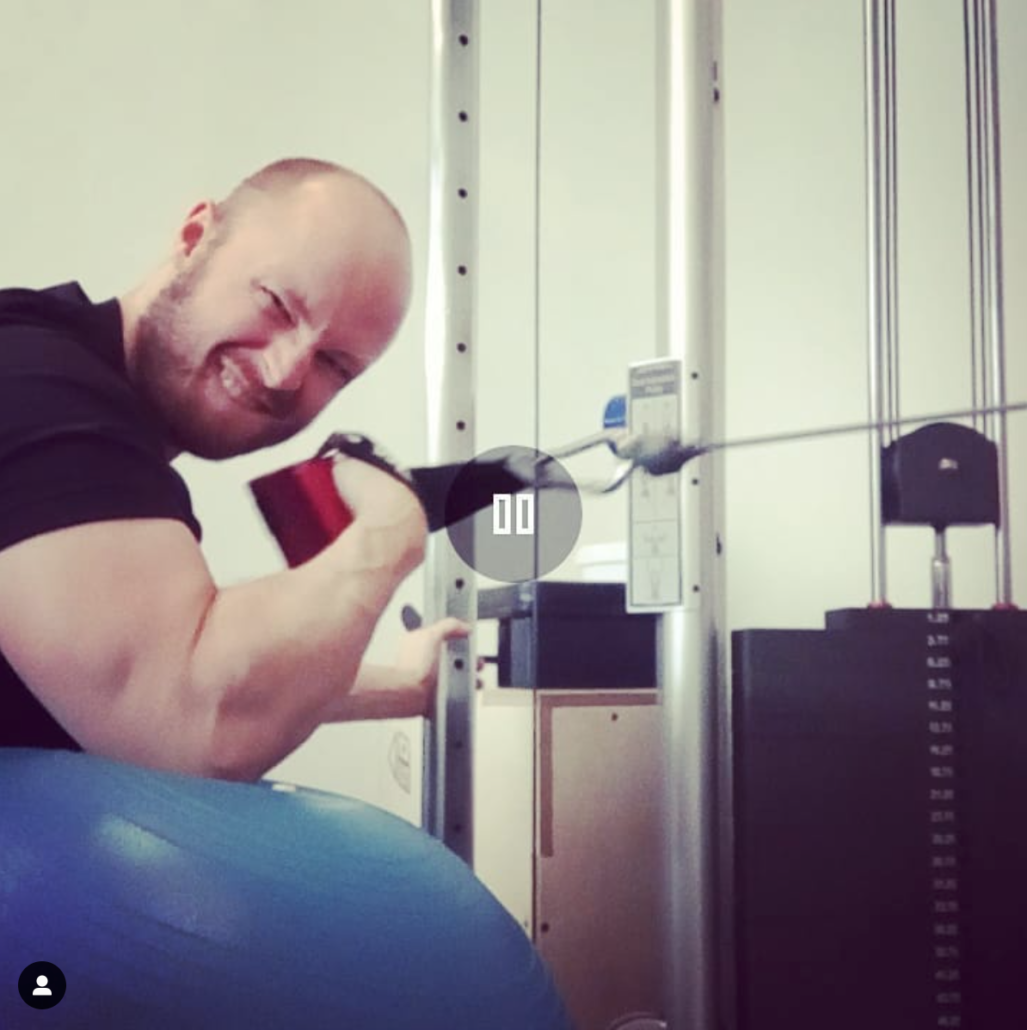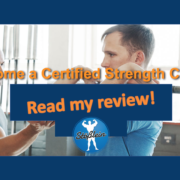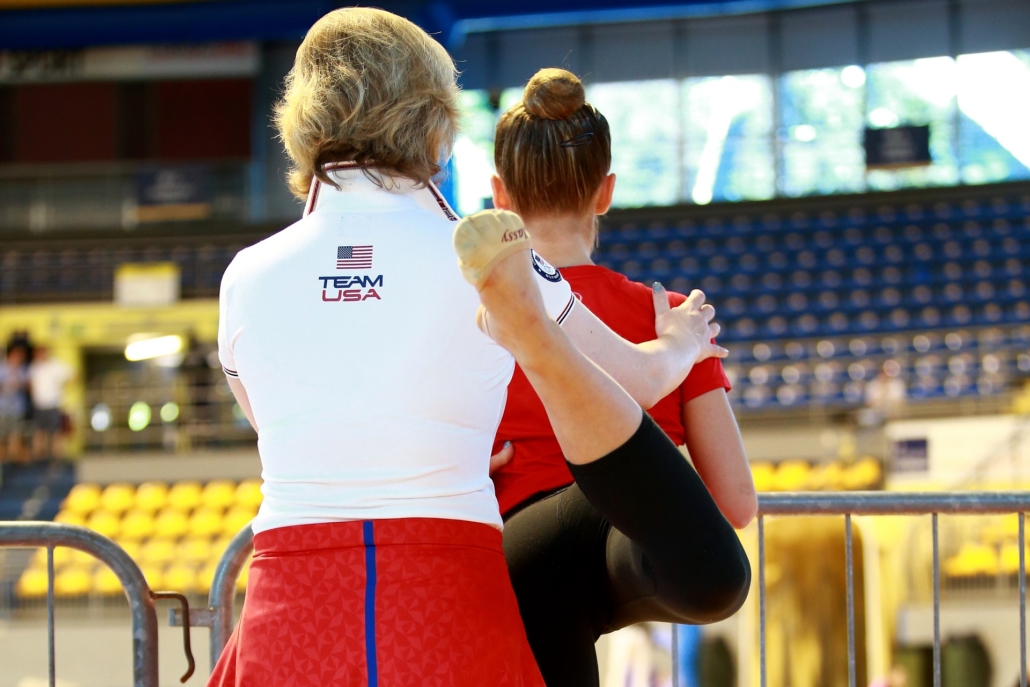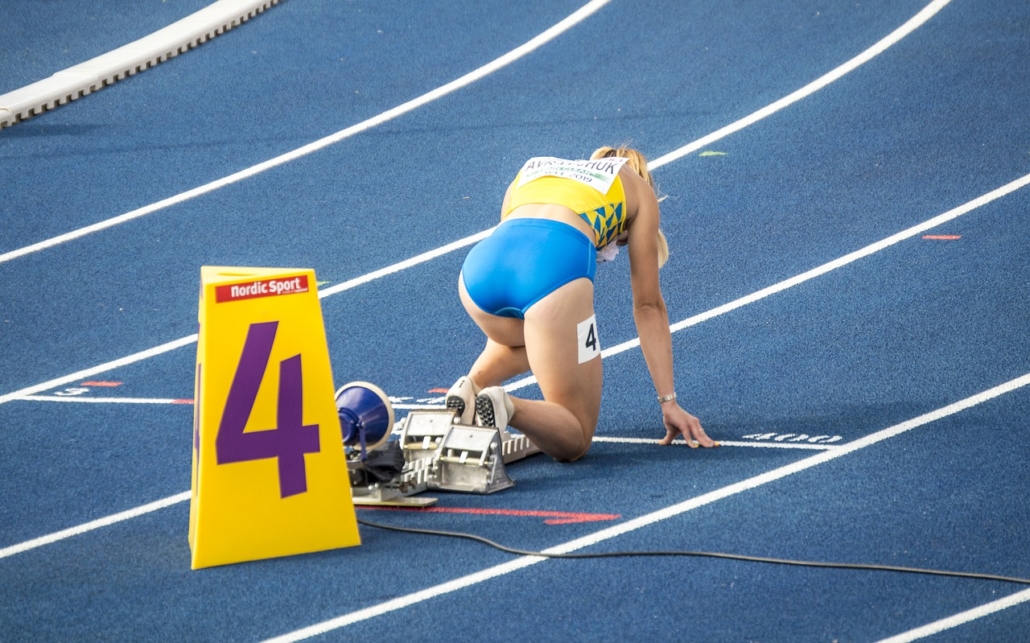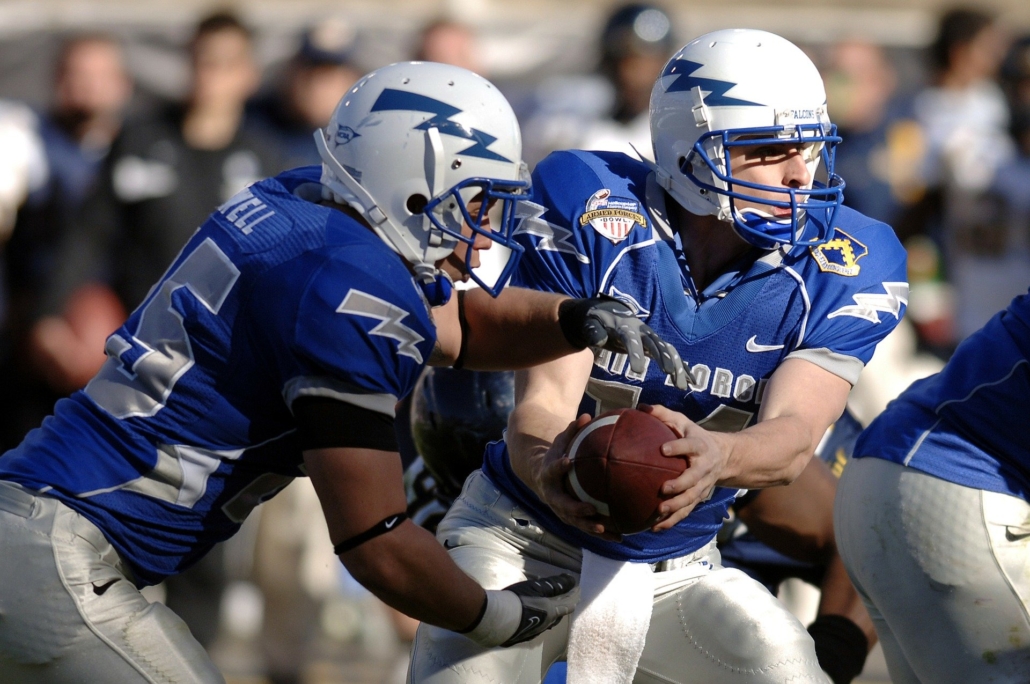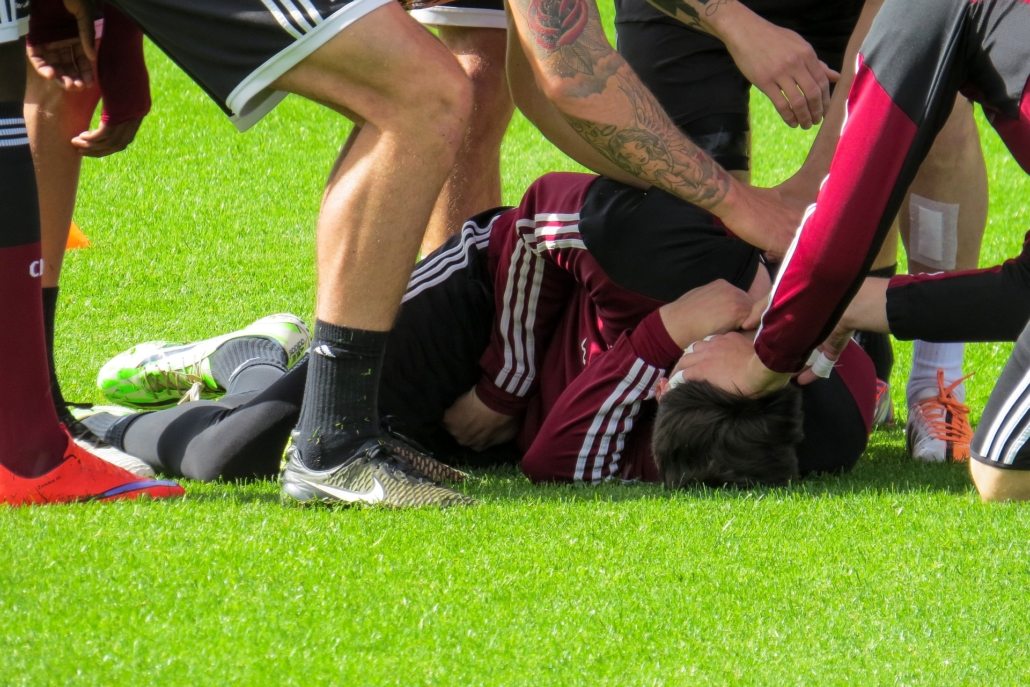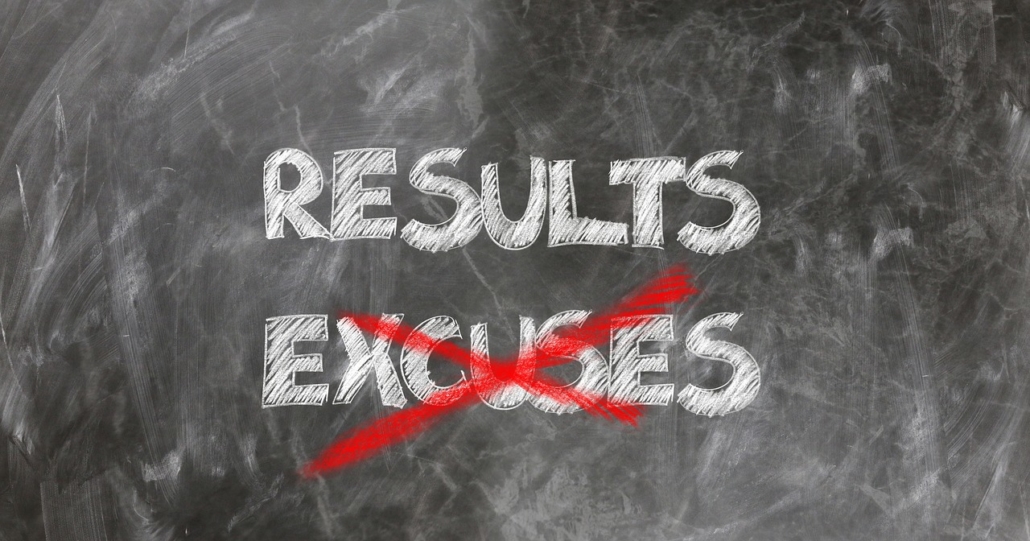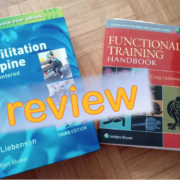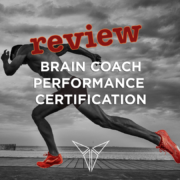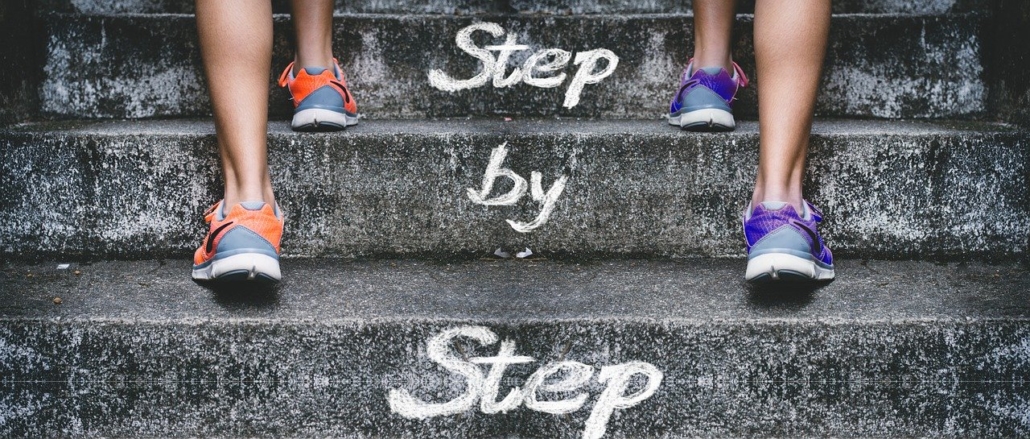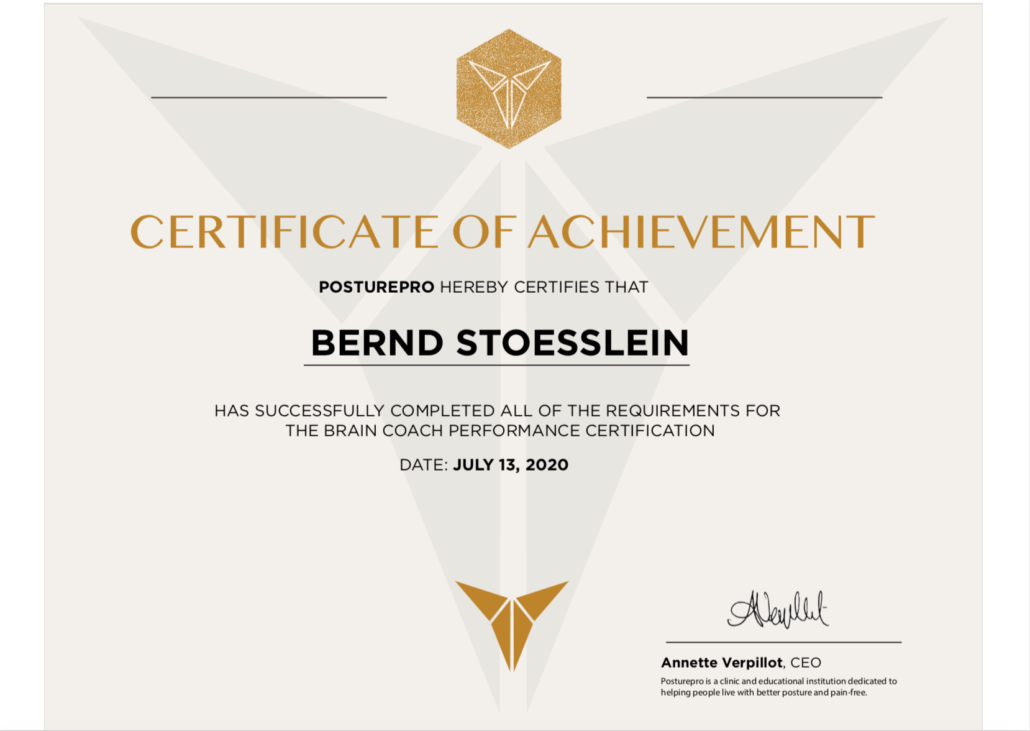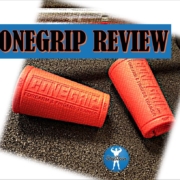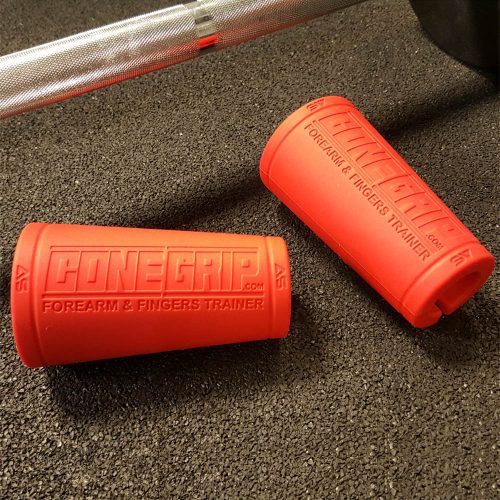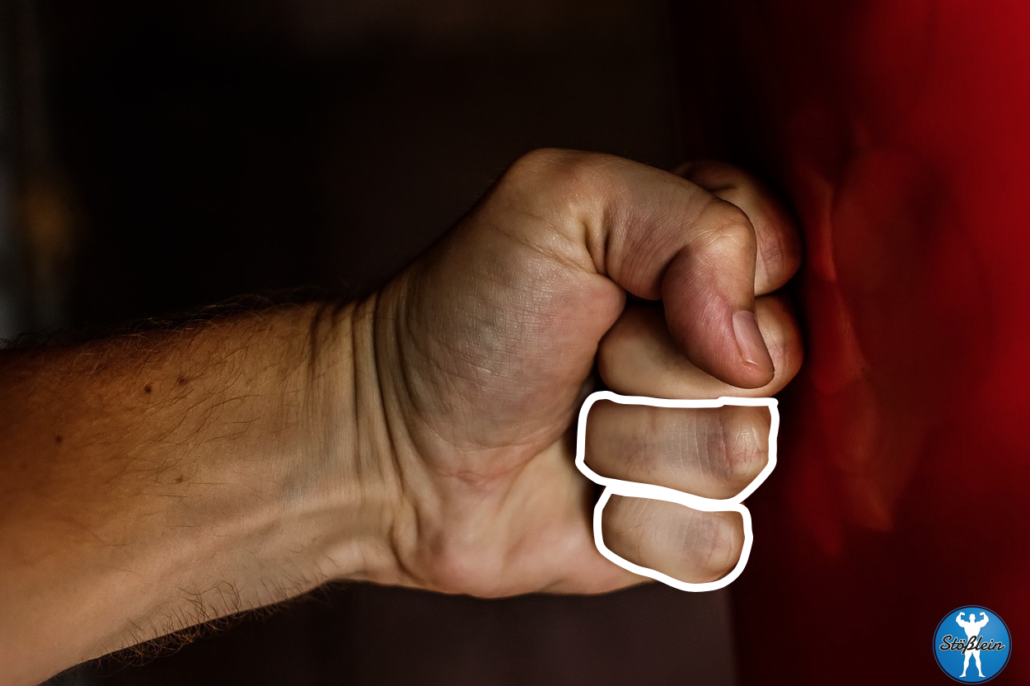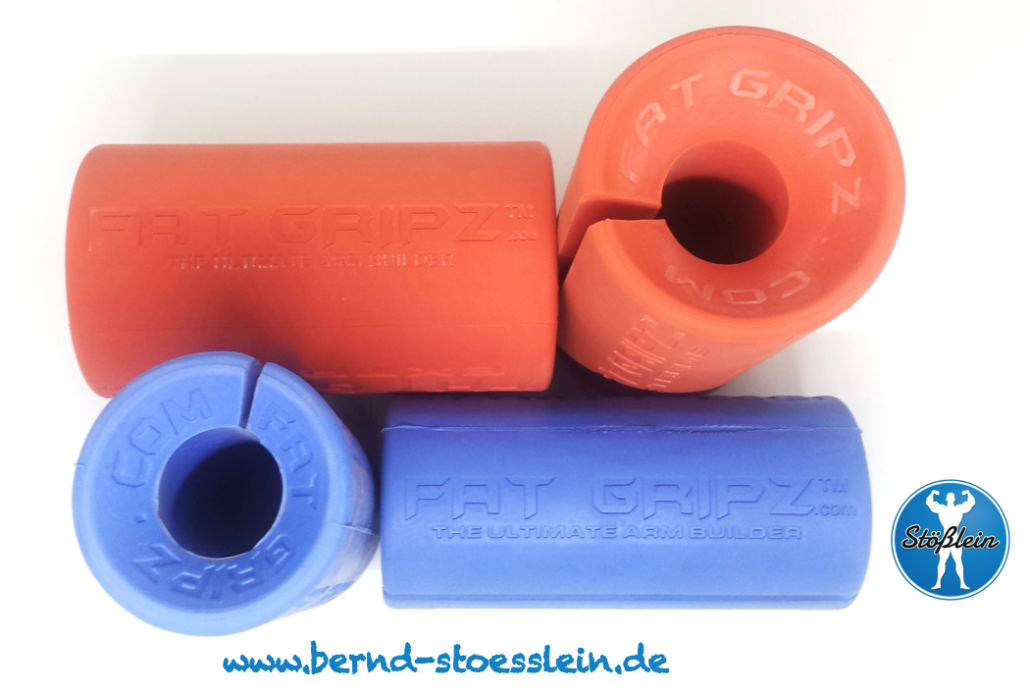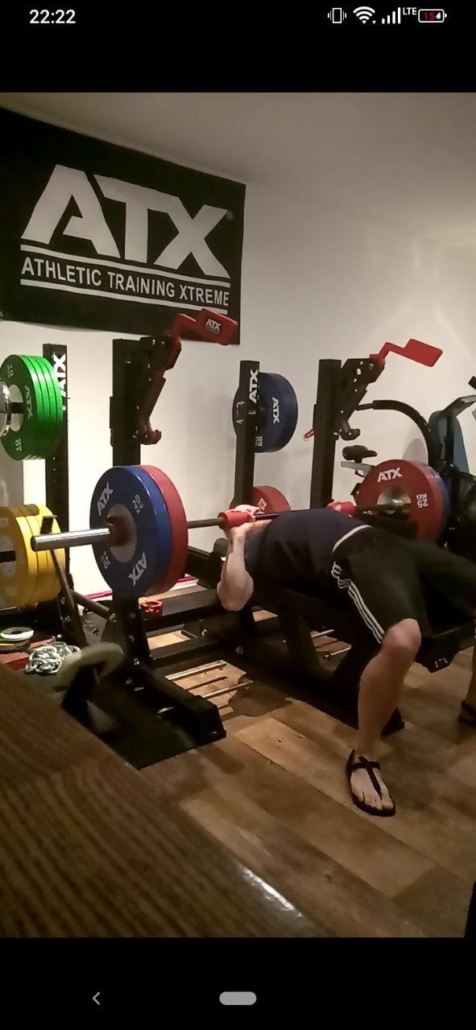Biogena ONE offers 99 high-quality ingredients that help to establish an efficient, easy (morning) routine. To all those who initially only want to change one thing in order to start into a healthier future, but do not know how and with what because of the sheer confusion of information, I recommend this, proverbial “egg-laying jack-of-all-trades” or “Eierlegende Wollmilchsau”, as we say in German. By drinking Biogena ONE you can establish a new routine, increase hydration by drinking more water and support health with a cornucopia of flavorful ingredients. Whether at home or on the go, the ingredients are pre-portioned in individual sachets (which are very useful, especially in terms of probiotic shelf life) and can be easily mixed anywhere (using the shaker you’ll get with your first order). Please keep in mind that a routine is only as good as the one that can be implemented permanently, easily and quickly! The so-called “Green Drink Powder” by Biogena ONE is vegan and combines 13 vitamins, 11 minerals and trace elements, three amino acids, 10 lacto- and bifidobacteria strains, four carotenoids, two medicinal mushrooms, two algae, 49 selected “botanicals” and five other “power substances”. In a direct comparison of competitor products, i.e. such as AG1® or “Primal Greens” from primalharvest, Biogena ONE fortunately does not contain any extra soy, but it does contain vitamin D3! Therefore, for less than three EUR/day, you’ll get something that comes very close to the “egg-laying jack-of-all-trades” (“Eierlegende Wollmilchsau”)!
Using my affiliate-code “BERND5” you’ll continuously receive –> 5% discount <– , as well on a one-time only delivery as on the subscription!
Enjoy reading!
—> This article is also available in German! <—
Biogena One – The “egg-laying jack-of-all trades” (“Eierlegende Wollmilchsau”)
When people decide to do something for their health, it’s the first step towards a better direction. But as soon as you made this decision, you quickly feel lost again, because you don’t know where to go and certainly not how to get there at all…
This is not only the case metaphorically, but in the truest sense of the word! Because, let’s be honest, you already know that you’re carrying one or two kilos (or more) of body weight too much, no one needs to tell you, you’re aware of that yourself!
But what to do about it? You might want to intervene, but how? Caustic comments from “coaches” can be found everywhere, sometimes more and sometimes less substantial.
The journals and glossy magazines with athletes on the covers can be found ubiquitously, not only in the form of the ever-decreasing print editions, but also in digital form.
These methods are usually just as helpful as the duration of New Year’s motivation. Both burn brightly like a very dry straw fire, but the calorific value is low and therefore short-lived.
Thus, with the supply of information for a meaningful start to a healthier life, it seems to be indirectly proportional to the actual outcome.
In other words, the more information being available/accessible, the less easily any of it can (and is) usually implemented.
We are familiar with this phenomenon from online streaming services. Usually, a consumer has a subscription with two, three or more providers, which offer you a veritable flood of movies, series and other stuff.
But it’s not uncommon to waste more precious lifetime choosing a movie instead of actually watching one. Well, did I catch you here?
The same applies to the selection of ice cream, for example. If the offer were limited, let’s say to strawberry, chocolate, vanilla, and lemon, then the choice would be easy (easier) for you.
But if you have e.g. 35 different varieties, then you will spend more time looking at all the varieties, then thinking about which ones you want to lick, and finally being dissatisfied with your choice, no matter which flavor.
That’s exactly how “Joe Average” feels when he decides to eat healthier at the beginning of the year.
He is, quite simply, overwhelmed by sheer abundance. And instead of just starting somewhere and somehow, he doesn’t do it at all and resigns!
There is just too much of everything these days and you just don’t want to waste time (of which you supposedly always have too little) reading up on every dietary supplement, every “medicinal mushroom”, every tonic and other things.
Just because there are studies on everything today and as we all know, “numbers don’t lie”. But liars often work with numbers, and for every study, there is often, if not always, a counter-study!
As you can see, you are always pushed into a “neutral” corner because you don’t believe anything or anyone anymore, only to end up in the imaginary corner and become a “corner stander” who continues to shine only with laziness and listlessness.
So how, where and with what can you start sensibly? I’m not going to recite a litany to you, dear reader, about why Biogena ONE is the “Messiah of dietary supplements” and everything else would be tantamount to worshipping idols!
But this section raises the question of whether Biogena ONE is the much-cited “egg-laying jack-of-all-trades” (“Eierlegende Wollmilchsau”) or not.
If you don’t know what to do with the term, it means something that basically only offers advantages and is suitable for all eventualities.
In German we have a word called “Eierlegende Wollmilchsau” which, literally translated means “egg-laying wool milk sow”. It’s an imaginary (non-exiting), metaphorically being used to describe something that only offers positives things and the absence of negative side-effects.
Is this the case with Biogena ONE? To answer this, let’s put this question into context, which I will do in the following sections.
In the end, after (my) conclusion, I leave it to you, dear reader, to act or to remain in the “neutral corner” until something else comes around. Cause, as the saying goes, “what comes around, goes around”.
Biogena ONE – The reality of a routine
Before we get into the ingredients and look at competing products, I would like to dig a little deeper into the aspects described above.
After all, the “best” product will only ever be the one you consume regularly. Likewise, the “best” exercise is the one you do!
Well, “regular” is a term to be defined, after all, once a year could also be a certain regularity.
But in reality, it seems that only what you continuously implement will have a significant effect on your life.
Only when you stop thinking about IF to do something, but simply do it because it has become your (daily) routine. When it has passed into “flesh and blood”, as we say in German.
Think about it, do you think ABOUT brushing your teeth every day or do you rather THINK TO DO it?
Do you think ABOUT taking a shower or do you simply take a shower? It doesn’t need a “Tadaa”, but an Aha!
Of course, you could also put together and consume all the ingredients of a product on your own, but that would not be easy and what is not easy to implement into the daily rhythm (or should I say daily routine?) is, according to experience, not implemented long enough to achieve significant results in the foreseeable future, right?
In the beginning, nothing is easy (cause it’s new) therefore it should be simple to use a new product.
The “trick” is to integrate something that is so simple that it doesn’t cause too much effort in daily implementation, but still achieves tangible results as quickly as possible.
As you can see, and as you have probably already experienced yourself, it is the well-known thin red line on which you move.
A balancing act on razors edge, so to speak. You start something hoping that it will finally bring benefits, only to skip it soon.
However, hope is not a strategy either! Have you ever wondered why fitness equipment from Teleshop can always be folded up and easily be stored in the closet or under the bed?
To not make you feel guilty when you see them standing around, not being used (anymore), but still having to pay them off for a long time. Because, as we say in German. “out of the sight, out of the mind.”
Biogena ONE – The Minimum effective dosage?
Forgive me, dear reader, at this point (if you have made it this far), the somewhat longer introduction to the topic.
But instead of the pomp of a product presentation, I would rather share my thoughts with the suggestion that you could benefit not only from the nutritional values of the product, but also from a real added value for your life!
This lies exactly in the so-called “minimum, effective dose”, the “Pareto principle” or, if you are more of a fan of numbers, the 80-20 rule.
Especially, but not exclusively, for newcomers, newbies and those who are looking for the proverbial “egg-laying jack-of-all-trades” (“Eierlegende Wollmilchsau”), there is an approach that aims to generate 80% return at 20% input.
In life, basically everything is simple, after all, grass does not try to grow, but it simply grows.
Just do the same as the grass does. Don’t think, just do, by simply drinking a packet of Biogena ONE dissolved in water in the morning.
There is no nasty grass in Biogena ONE, but there are so-called “greens”, i.e. all those things that you know are healthy but never eat.
Or at least not to the extent that it would make a difference. After all, the “alibi lettuce leaf” or the slice of cucumber on the burger will not help to provide the body with so many nutrients from vegetables that it would somehow be beneficial to health.
It is usually said: “Doing something is better than doing nothing at all”. But is that true? Or, to put it another way, do you think that’s a minimally effective dose?
If you consume two broccoli sprouts a day, will there be any benefit? Hardly!
Wouldn’t it be easier if you didn’t have to shovel kilos of vegetables, fruits, etc. and swallow more capsules and pills every day than a chronically seriously ill person?
Wouldn’t it be easier to consume a single product, thereby absorbing most of the daily needed minerals, trace elements, vitamins, etc., plus getting hydrated and not having to worry about it for the rest of the day?
You caught me because this is a rhetorical question. Of course, it would be easier!
Now I can already hear the objections of those who say that you can get all the necessary vitamins, etc. by consuming fruits and vegetables.
With the mineral-poor soils on which our food is grown, this is, sadly, arguably a pointless endeavor these days. Not least because a lack of quality cannot be compensated for by increased quantity.
But I don’t want to go into that discussion any further here.
Even IF it WERE possible, there would still be the question of how MUCH fruit and vegetables you would have to eat, and whether you would be busy eating and digesting all day, etc.
This information article is supposed to answer the question of how to achieve a maximum return on investment with minimal effort and whether Biogena ONE can help you with this approach.
How to absorb a proverbial cornucopia of nutrients and also integrate it into an everyday life that is not just twiddling your thumbs.
If you take a sachet of Biogena ONE every day, you also establish a new routine, and that – if it is kept – is what counts in reality.
No matter what people are going to tell you, benevolent reader, for mumbo-jumbo. You would have to eat this and that daily.
The fact is that probably 90% of people simply don’t do this because it’s too time-consuming. Whether everyone is a deadbeat and whether you really don’t have time to implement it, that basically doesn’t matter at all.
The fact is what can’t be easily implemented is usually not sustained in the long run!
From this point of view, the product Biogena ONE is not “the next best thing”, but from the point of view of invested effort and benefits received, it is, from my point of view, even “the better thing”!
But more on that in a second…
Biogena ONE – A Big Bang for Breakfast?
I recommend taking Biogena ONE, first thing in the morning.
This is due to the following reasons: The product comes with a special drinking bottle (see picture), simply fill it with water (300-400ml) and add the one packet/sachet.
Shake and drink afterwards, it can be as simple as that. There should also be no clumping.
As paradoxical as it sounds, you should never have to think about a routine, but simply implement it and set it to “autopilot”.
By using the Biogena ONE drink in the morning, you will also educate yourself to drink (more) water instead of pouring hot coffee down your throat, the very first thing in the morning.
Cause, after sleeping, we are all dehydrated, which leads to a shrinkage of the protective layer of the stomach.
However, if this gastric layer is not sufficiently built up and you pour coffee on an empty stomach, then it “triggers” stomach acid production (hydrochloride = HCL) in the so-called parietal cells and you literally “burn” away the cells that are then supposed to produce stomach acid when you need it.
So, it’s better to have a Biogena ONE drink first thing in the morning, then coffee.
Biogena ONE – What’s inside?
As we have now seen, Biogena ONE offers one thing above all, the simple establishment of a new, easy-to-implement routine.
But what’s in the details? There is no such thing as absolute 100% in life, and this is also the case with Biogena ONE, which nevertheless comes up with 99 high-quality, vegan ingredients.
Accordingly, not, as Nena sang about at the time, “99 balloons”, which had nothing else to offer except hot air, but, instead, vitamins, minerals, trace elements, amino acids, plant substances, carotenoids, algae, medicinal mushrooms and more.
As the Frenchman would say, “en détail” (according to the manufacturer, see link):
Vitamins:
- Vitamin A
- Vitamin D3
- Vitamin e
- Vitamin K2
- Vitamin C
- Riboflavin
- Niacin
- Vitamin B6
- Folic acid
- Vitamin B12
- Biotin
- Pantothenic acid
Minerals:
- Potassium
- Calcium
- Magnesium
Trace elements:
- Zinc Copper
- Manganese
- Selenium
- Chromium
- Molybdenum
- Silicon
- Boron
Amino acids:
- L-Glutamine
- Glycine
- L-Lysine
Plant substances:
- Wasabi Leaf Powder
- Ployphenols
- Glucoraphanin
Carotenoids:
- Astaxanthin
- Zeaxanthin
- Lutein
- Lycopene
Algae:
- Spirulina platensis
- Chlorella
Vital mushrooms:
- Reishi Powder
- Cordyceps Powder
Other:
- Taurine 100 mg
- UbiquinolCoQ10 (KANEKA Ubiquinol™ 30 mg
- Beta-Glucans 20 mg
- Quercetin 10 mg trans-resveratrol 5 mg
- 10 strains of lactobacteria and bifidobacteria
Biogena ONE does not remain silent about the ingredients but makes them publicly and transparently visible to everyone.
For me, this is a big plus. In addition, a degree in chemistry is not required to be able to decipher cryptic and/or obscure E-numbers, as these are not added.
Biogena ONE vs. AG1 vs. primalharvest
The attentive and critical reader may now wonder why he should choose the product described here (Biogena ONE), and not its competitors, such as e.g. AG1® or “Primal Greens”, by primalharvest.
At first glance, all three offer similar products, available as a one-time purchase or as a subscription/abonnement.
In order to avoid the already described case of falling prey to decision paralysis due to the flood of information on comparison products and, also in this case, becoming (again) an indecisive “corner stayer” (or “Eckensteher”, as we say in German), here are a few points why I decided to use Biogena ONE.
May these also be useful to the benevolent reader in his decision-making process.
First, Biogena ONE comes along without pomp and parade, they rely on their inner (nutritional) values!
The packaging is white, and the contents are green, with a neutral smell.
This “understatement” is appealing. After all, form follows function! First something must work, then you can think about its design.
However, as is well known, beauty is in the eye of the beholder and “de gustibus non est disputandum” (there is no arguing about taste), so the judgement regarding taste is, at best, secondary for me, because it is very subjective.
Nevertheless, the Biogena ONE tastes very good to ME, so it can score here as well.
Just ask yourself: Would you rather drink something you enjoy but isn’t really healthy, or would you rather drink something that is healthy but doesn’t really taste that good to you?
Well? I can imagine what will be chosen here in the long run. For the establishment of a daily routine, it is therefore only beneficial if it is a pleasure in taste AND health.
This helps immensely, because no one likes to swallow a smelly, crumbly broth every day, no matter how healthy it might be!
One of the main reasons why I finally opted for Biogena ONE was that it does not contain any extra soy, except in trace amounts of ubiquinol.
At this point I don’t want to divide and conquer by splitting people into pro and contra-soy advocates.
I myself had done a so-called nutrigenetics-test and, genetically wise, I simply cannot tolerate soy.
Furthermore, and apart from that, I would also advise against the regular consumption of soy, as it – from my point of view – causes more harm than good!
In addition, Biogena ONE, in contrast to AG1® and “Primal Greens” (as of January/24), also contains vitamin D, the coenzyme Q10 (ubiquinone-10) in a, in my opinion, more absorbable form and the attached wasabi, e.g. from “indoor farming” in Austria.
In addition, Biogena ONE advertises that there are regular quality controls by the LEFO Institute in Germany. Biogena ONE is manufactured in Austria, which makes the transport routes to us in the so-called “DACH” region (Germany, Austria and Switzerland) relatively short and the product does not have to be carted halfway around the world.
Now the reader may think that these are only small differences, if the soy does not bother you, for example, but as we all know, the small difference is also the subtle difference that will make you choose a product!
Biogena ONE – Conclusion
Finally, the thought remains: “the price is right”, because everything has its price, even if it is rarely considered in relation to its value.
Everything in life has a price, even death, because as we all know, it will cost your life!
Whether Biogena ONE is “cheap” or “expensive” is up to you to decide, because both are abstract terms that depend on things like the individual budget, but also the willingness to invest in one’s own self.
Of course, not all investments always pay off, but if you were to buy all 99 ingredients separately, this would certainly be much more expensive and time-consuming and, last but not least, the question would remain whether it would be easier or would not turn into an eternal struggle.
If you just want to change one thing in order to invest in a better version of yourself, but don’t know how and with what, then I would recommend the “egg-laying jack-of-all-trades” (“Eierlegende Wollmilchsau”) Biogena ONE.
Thank you for reading, I wish you an energetic time!
Stay healthy and see you soon.
If my article has offered you value, then I would be happy if you would throw something into my “virtual coffee till” ☕ to balance my energy.
© 2024 HP Bernd Stößlein MBA in Sports Management, All rights reserved!

